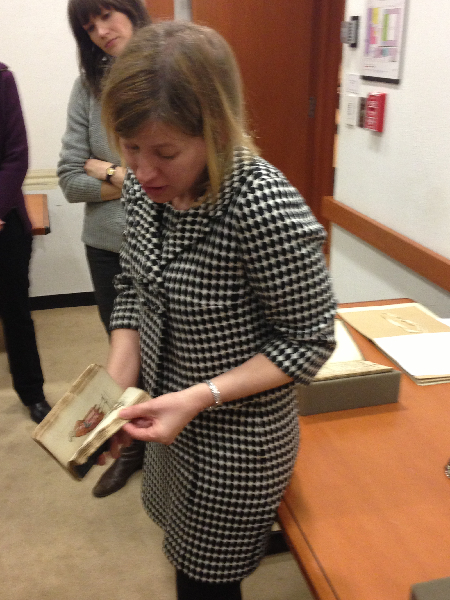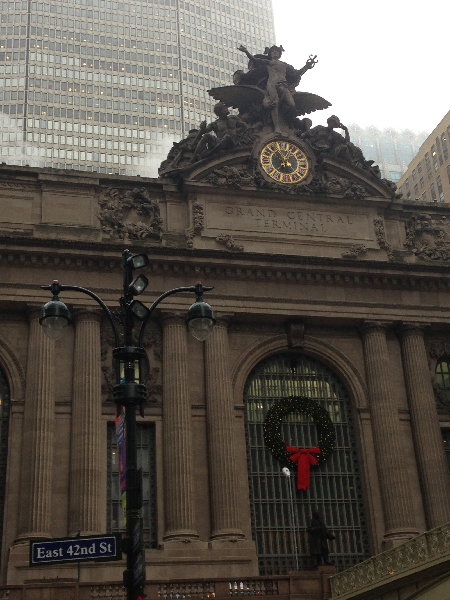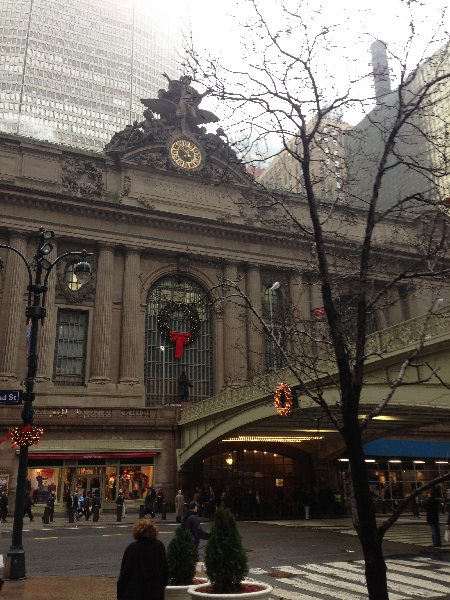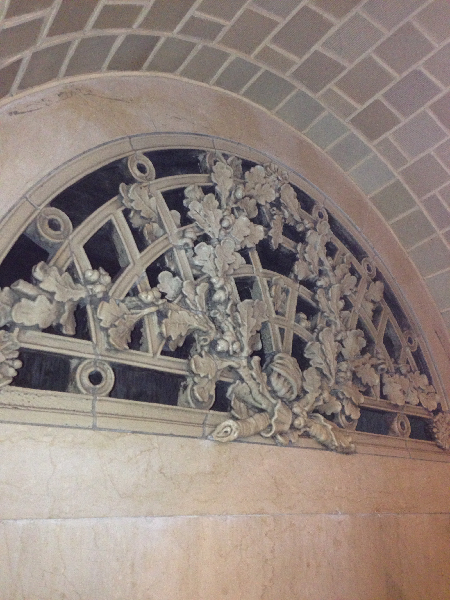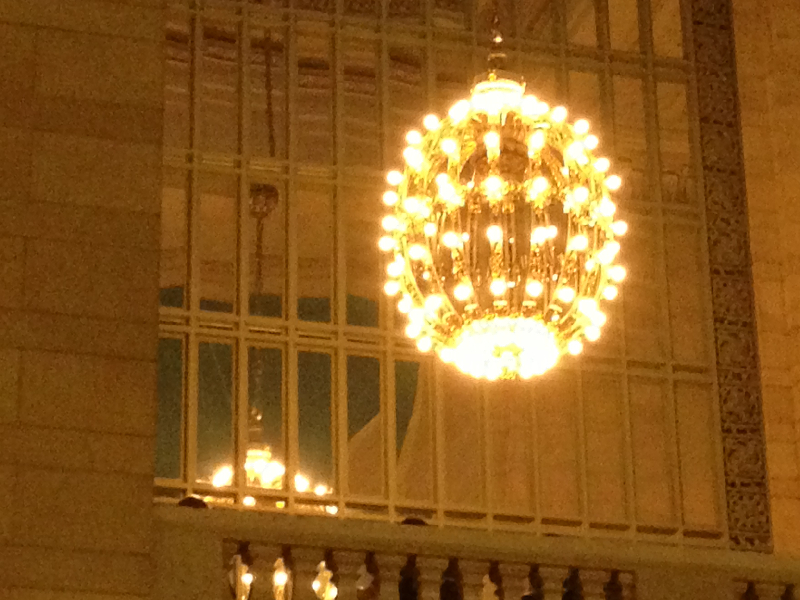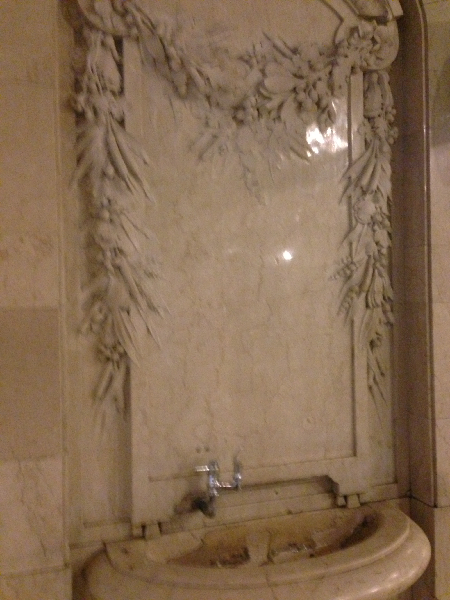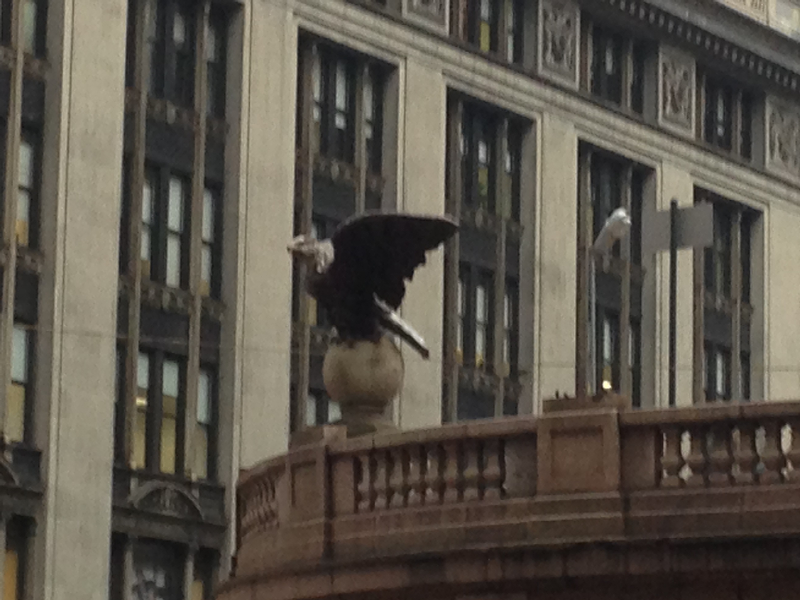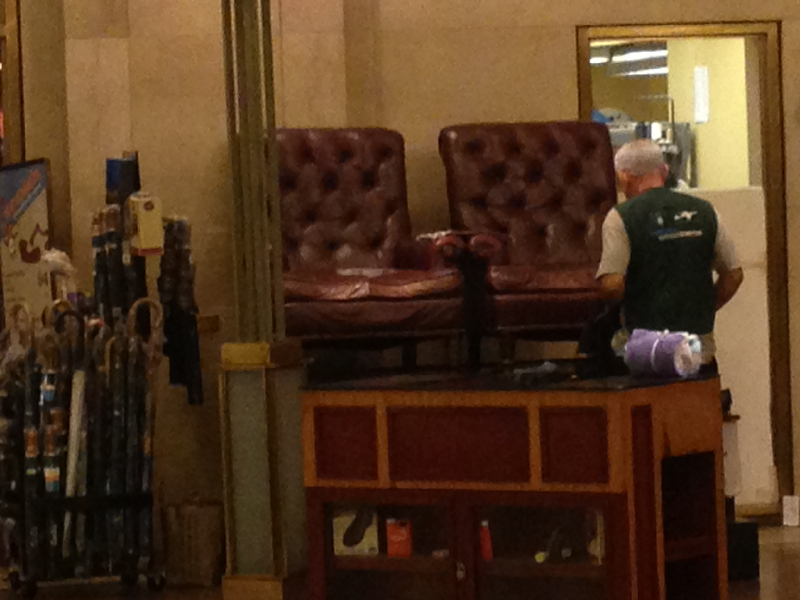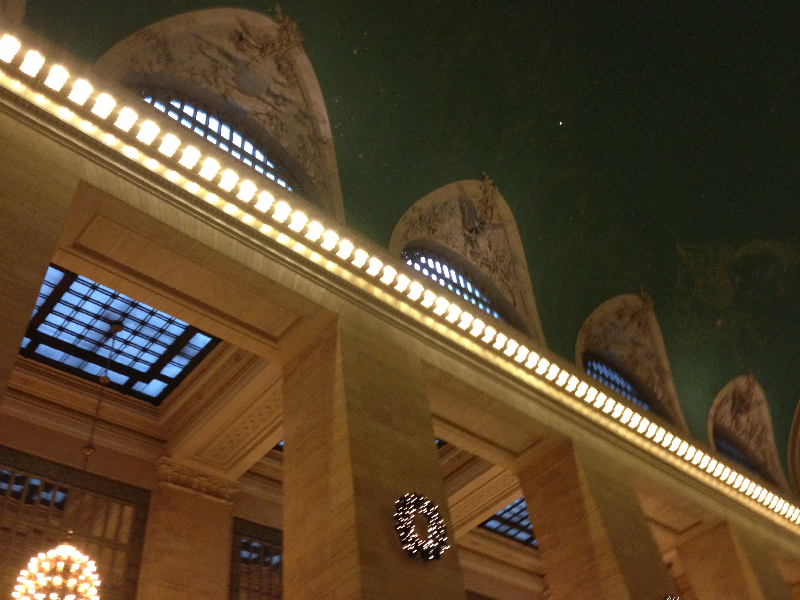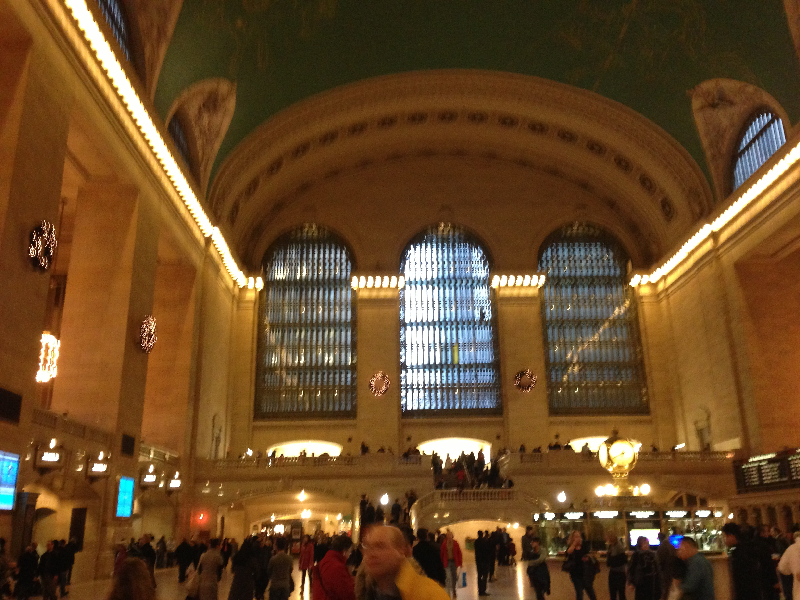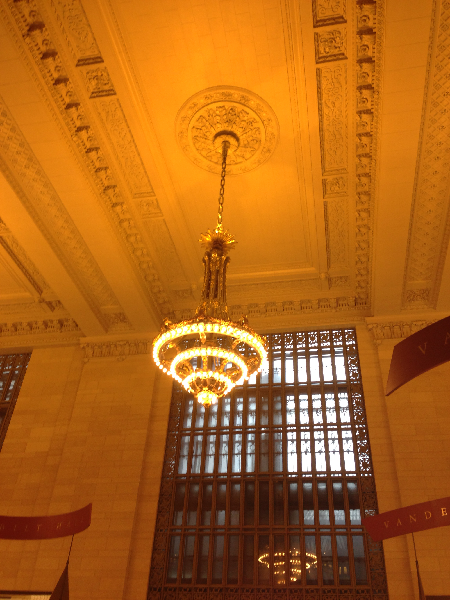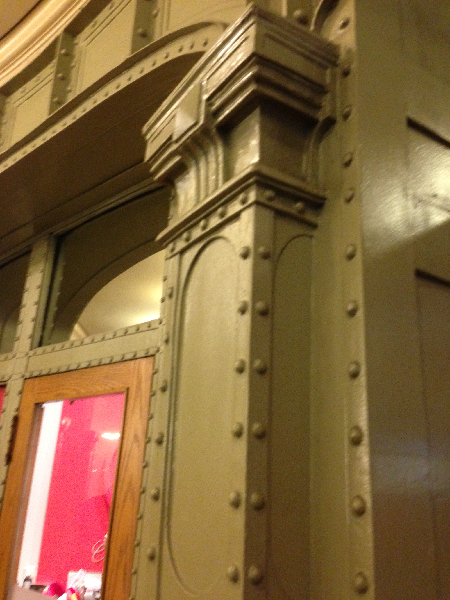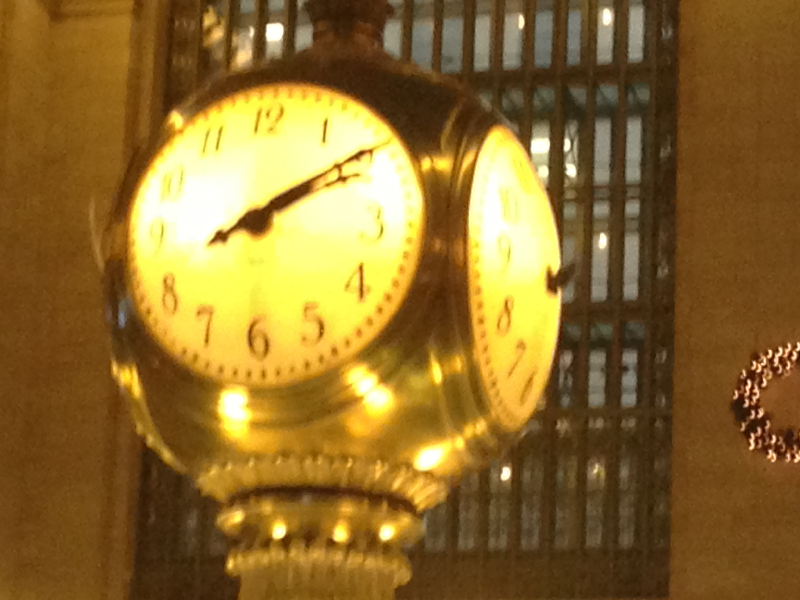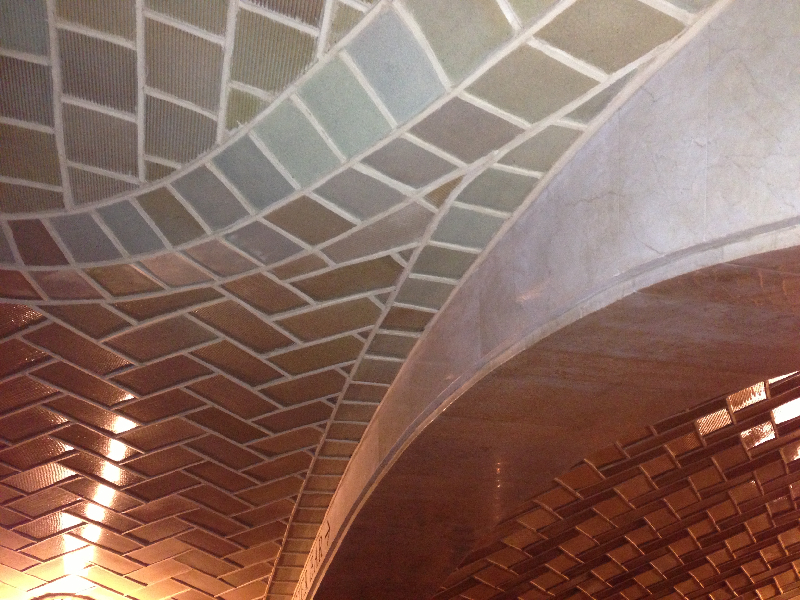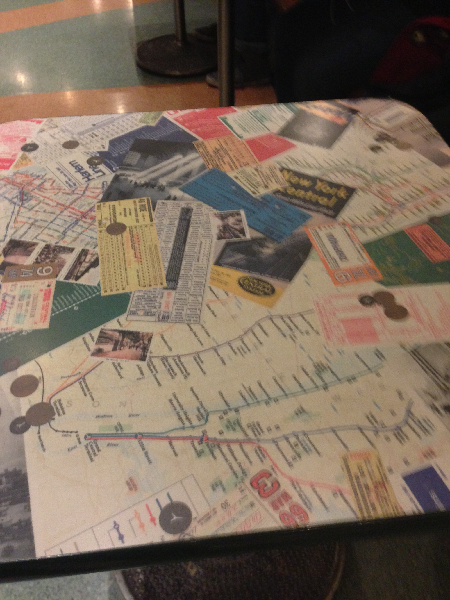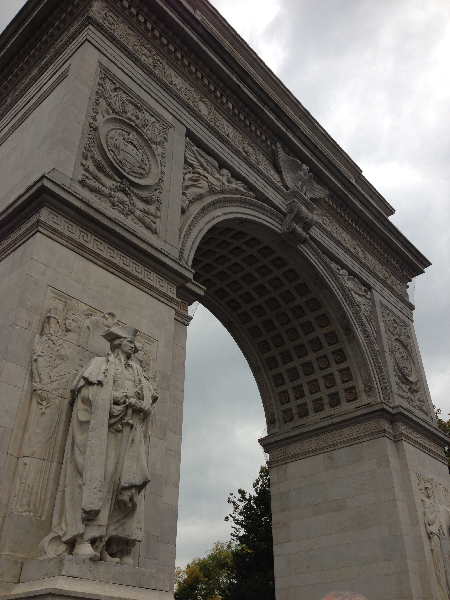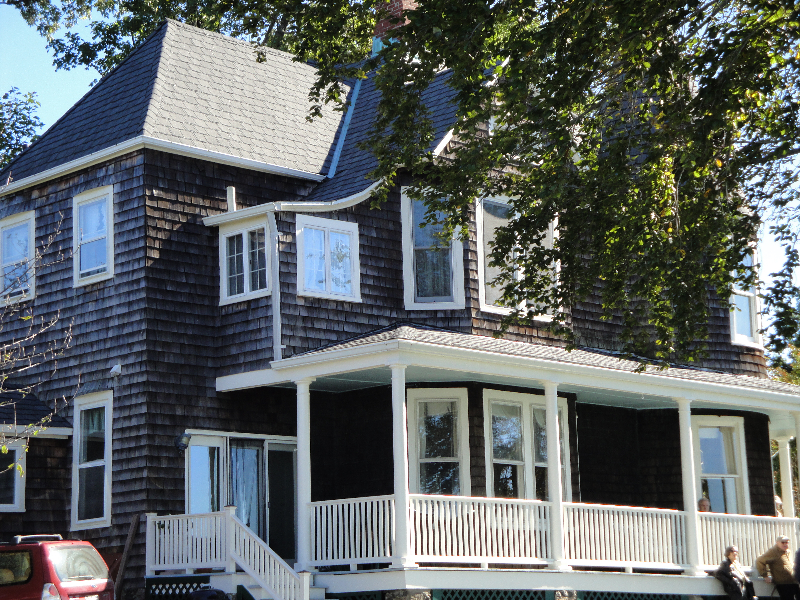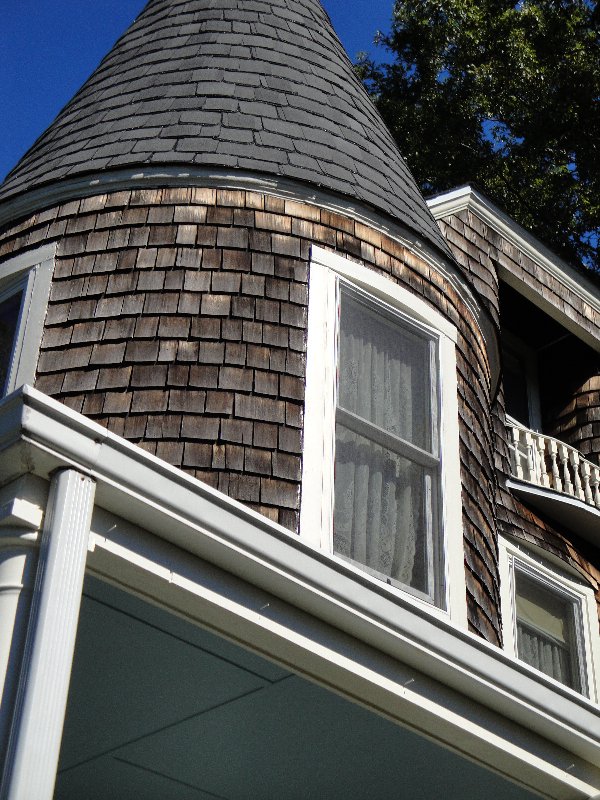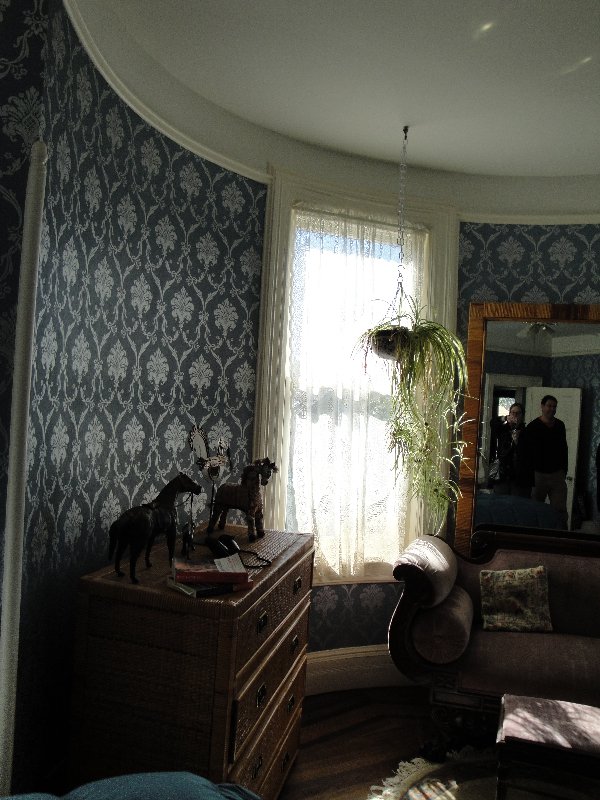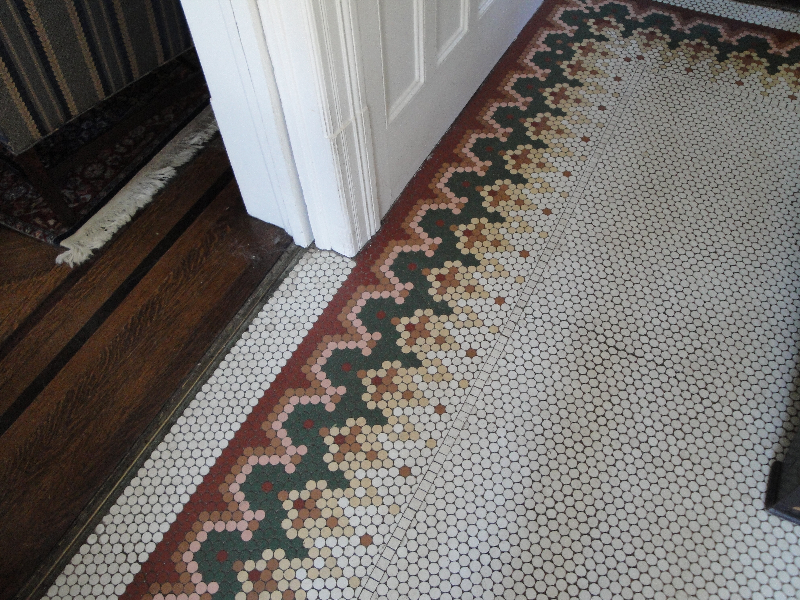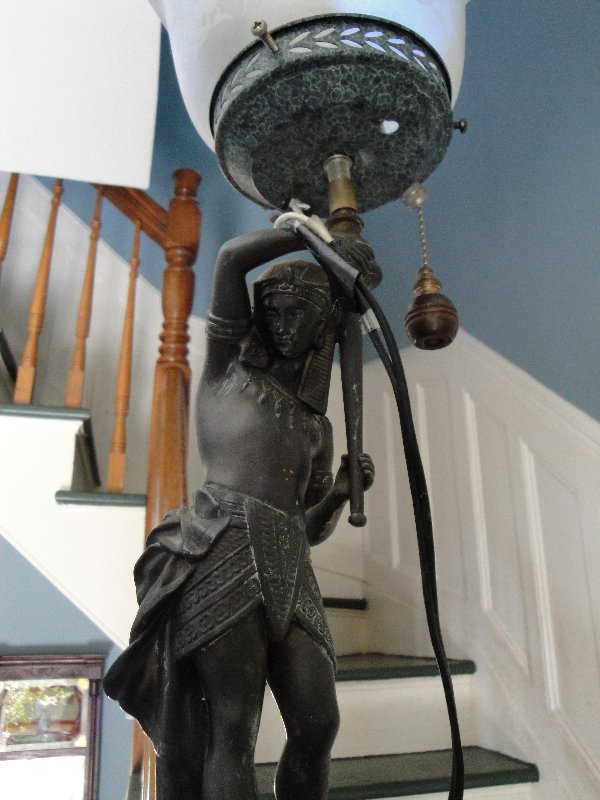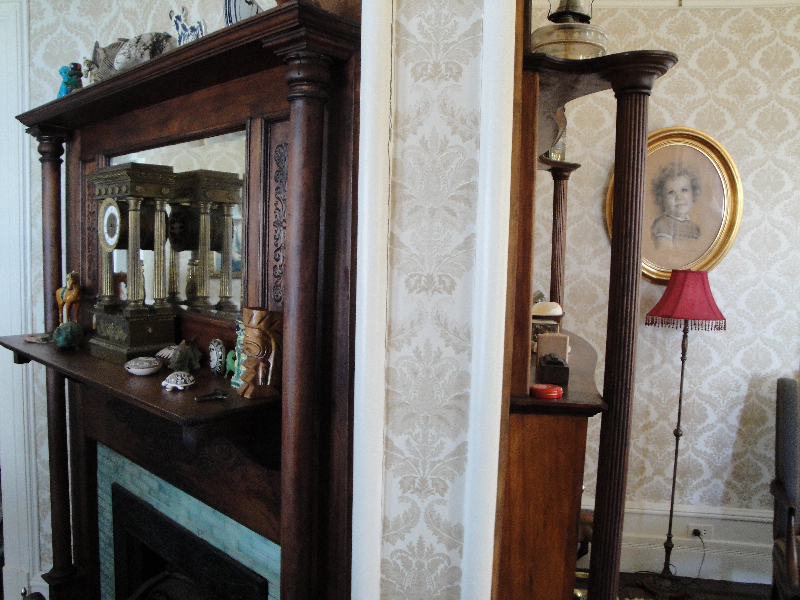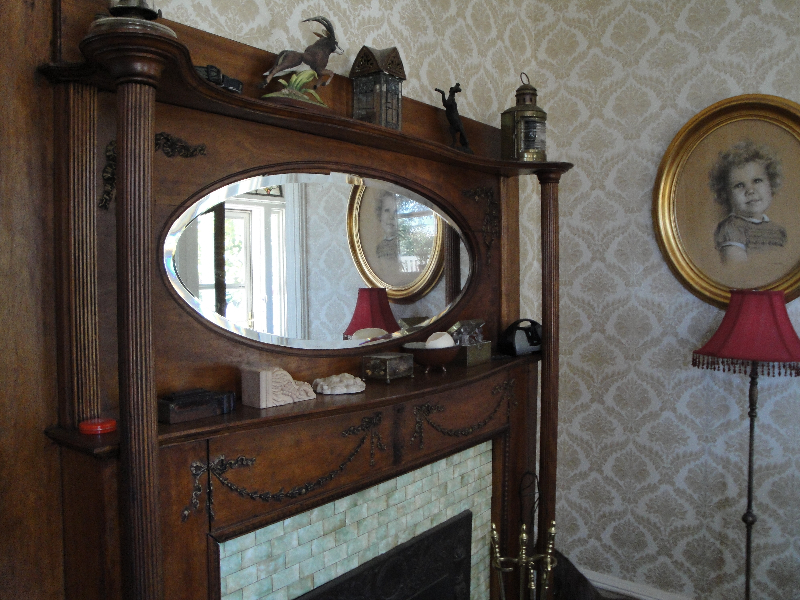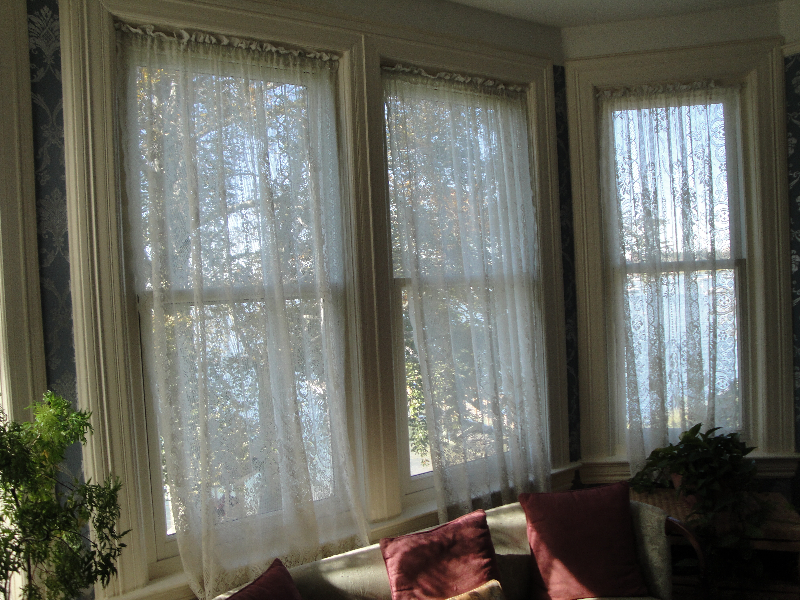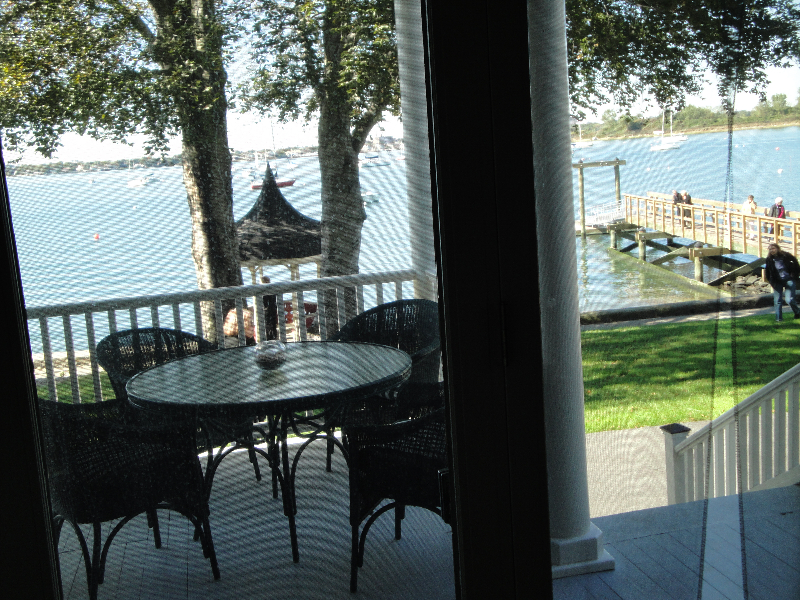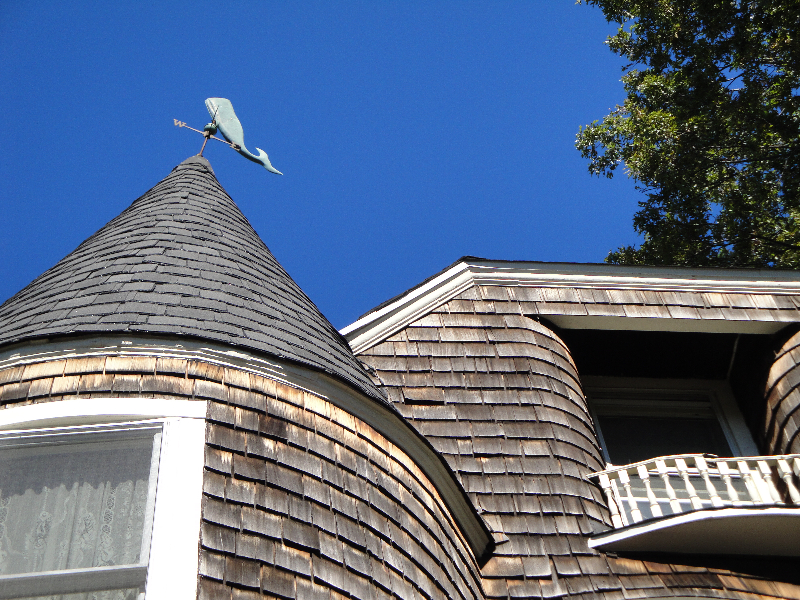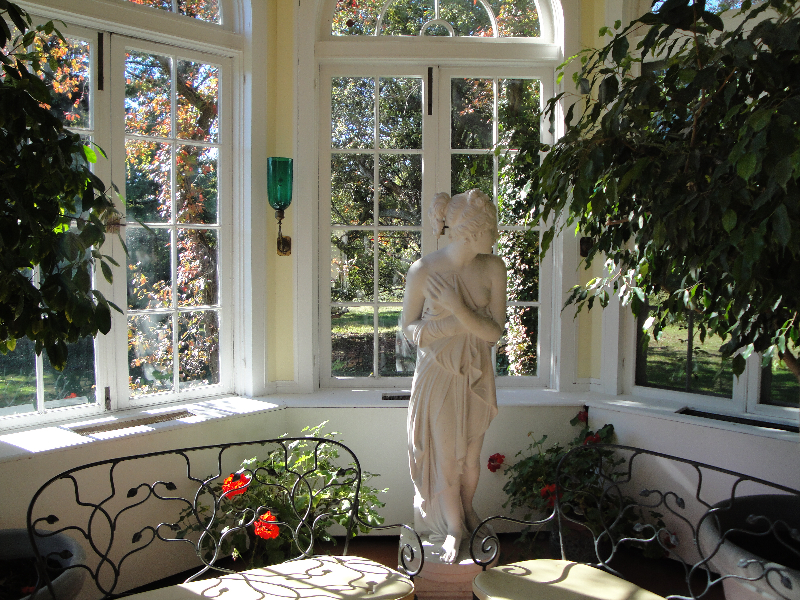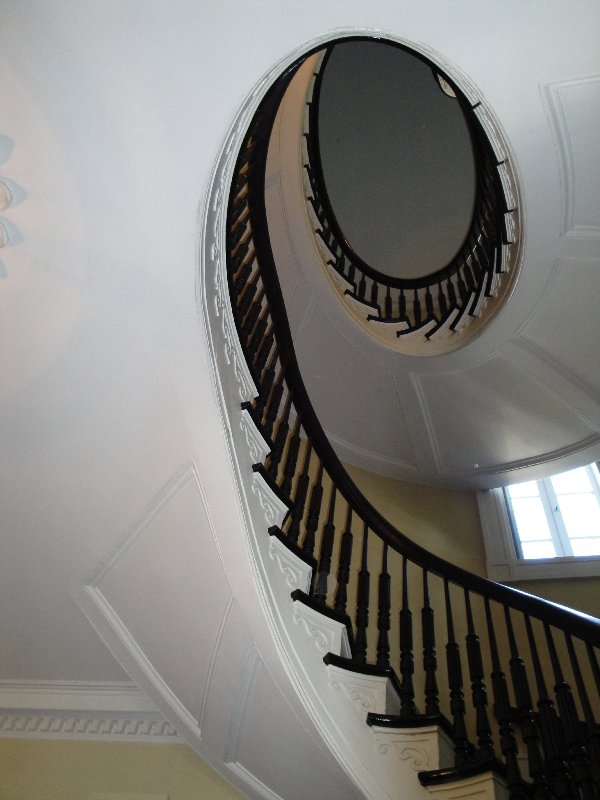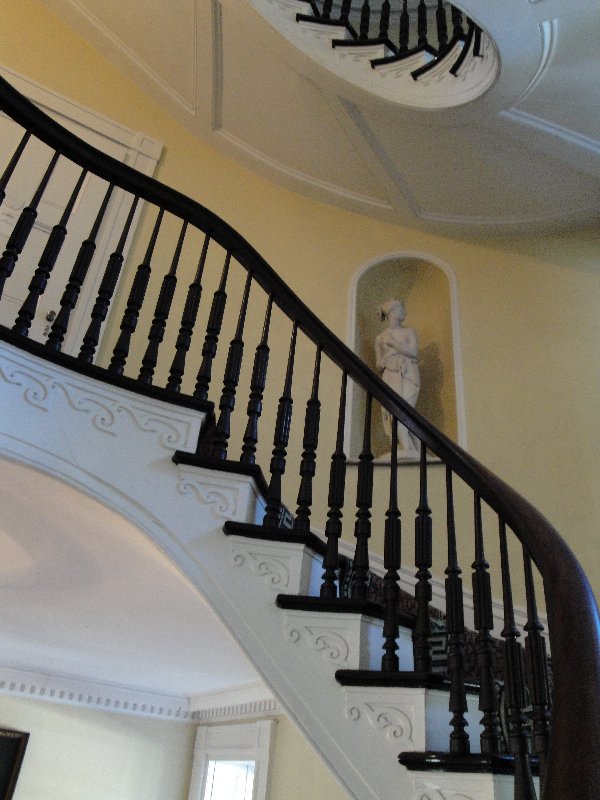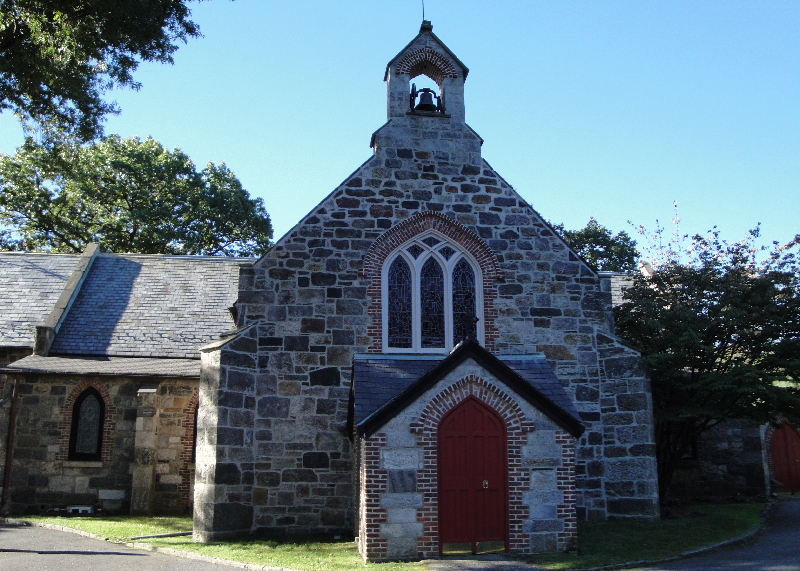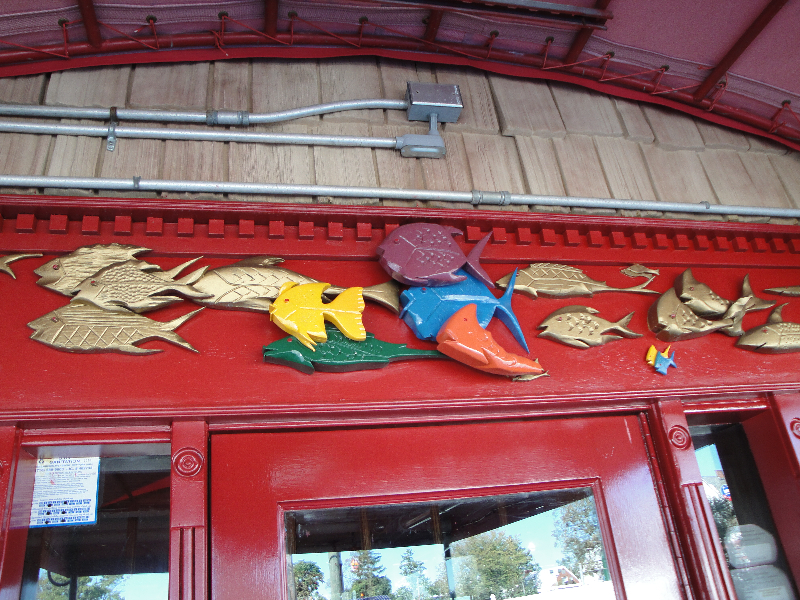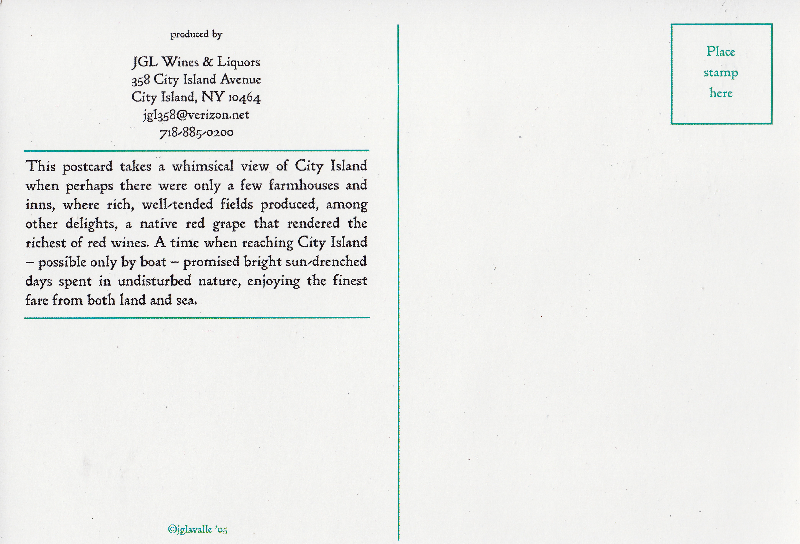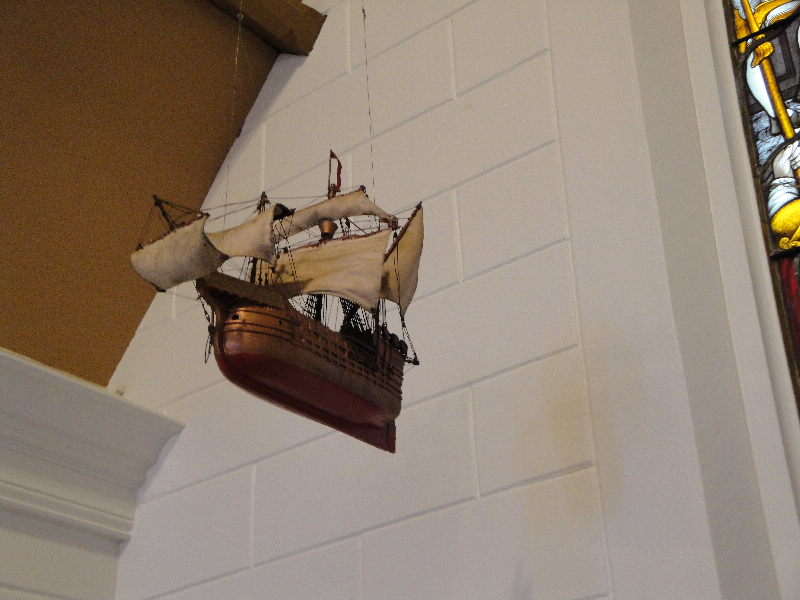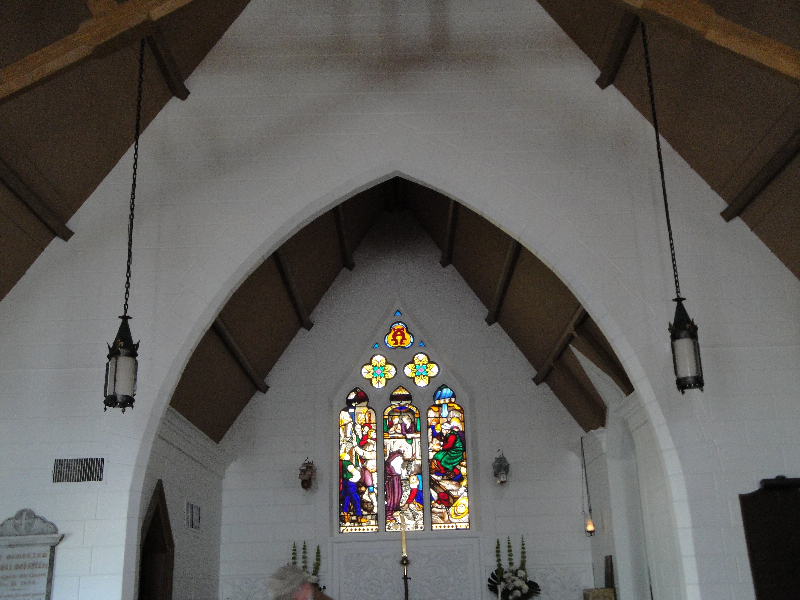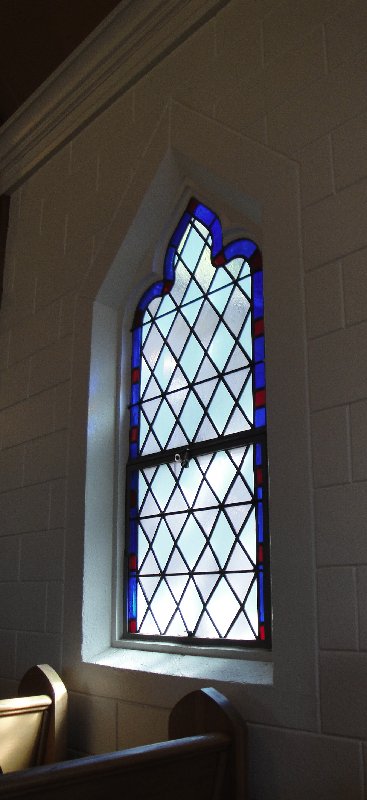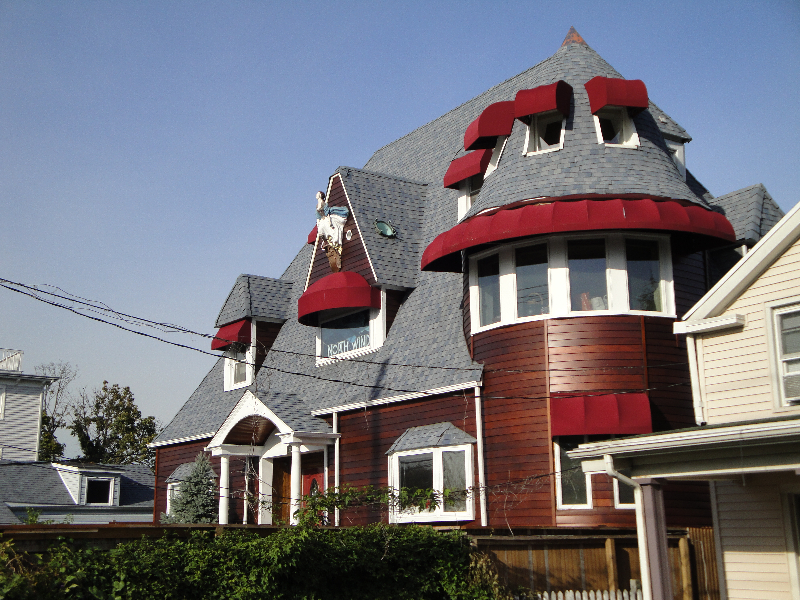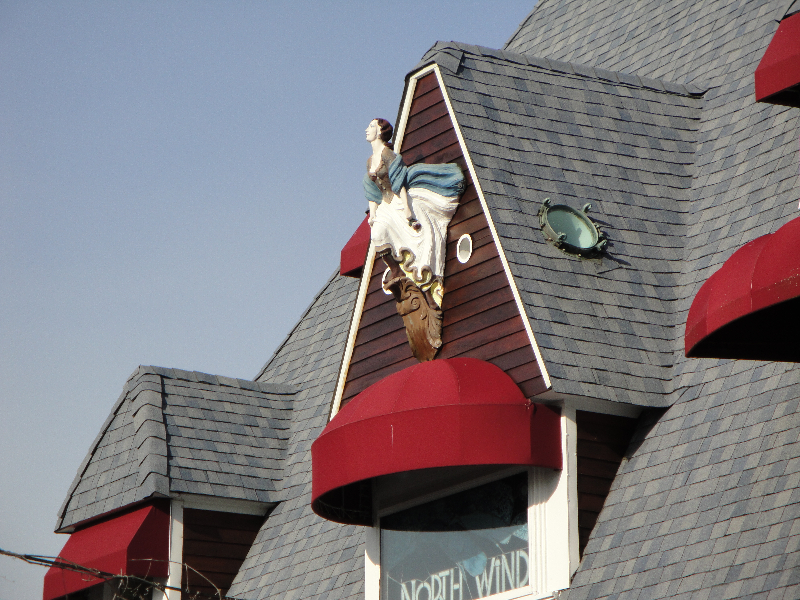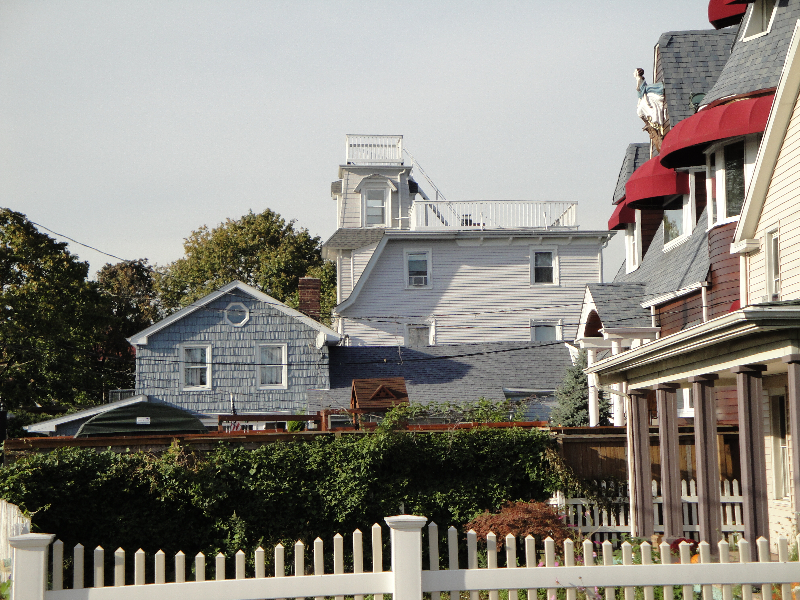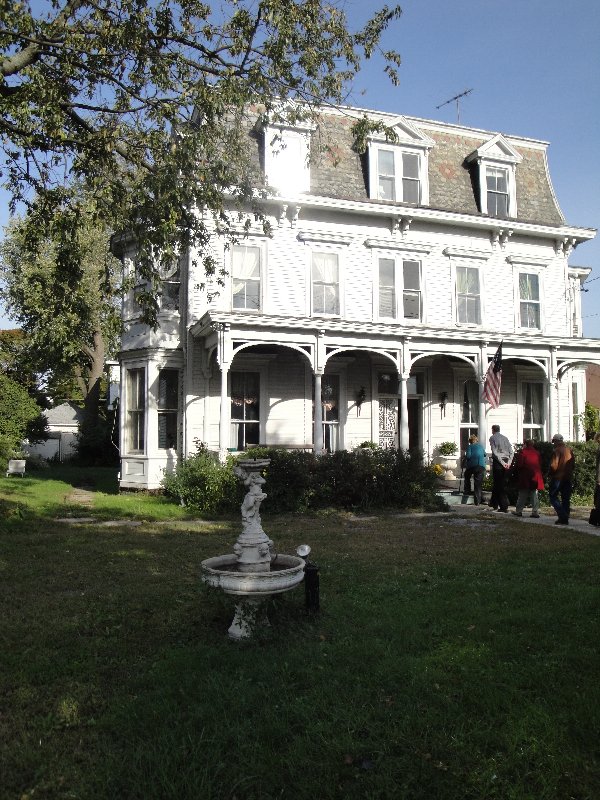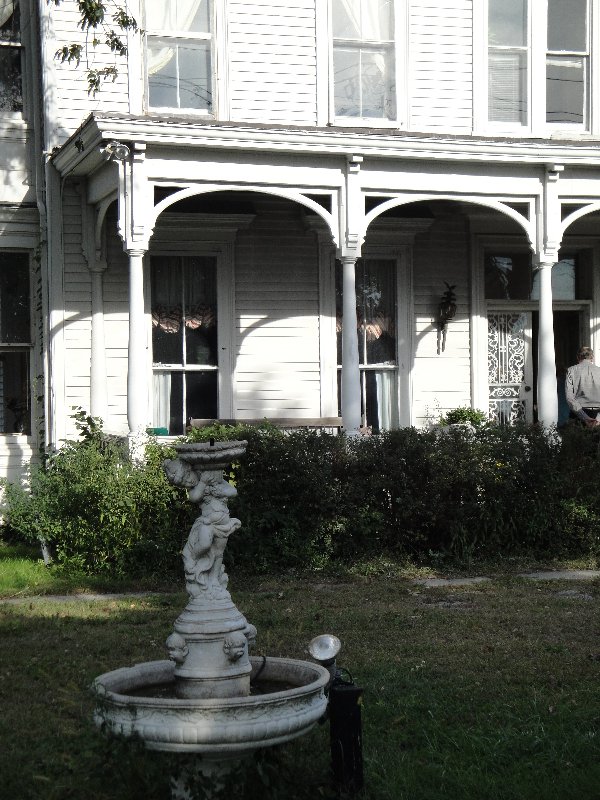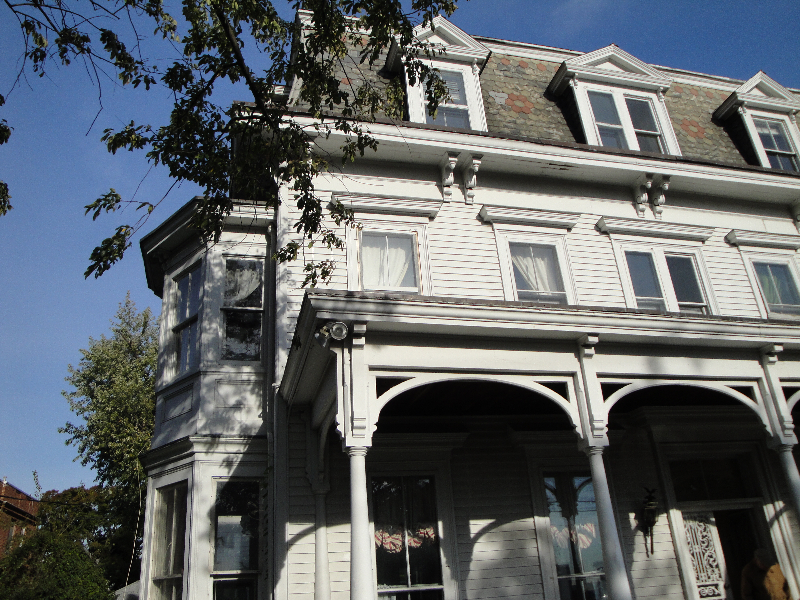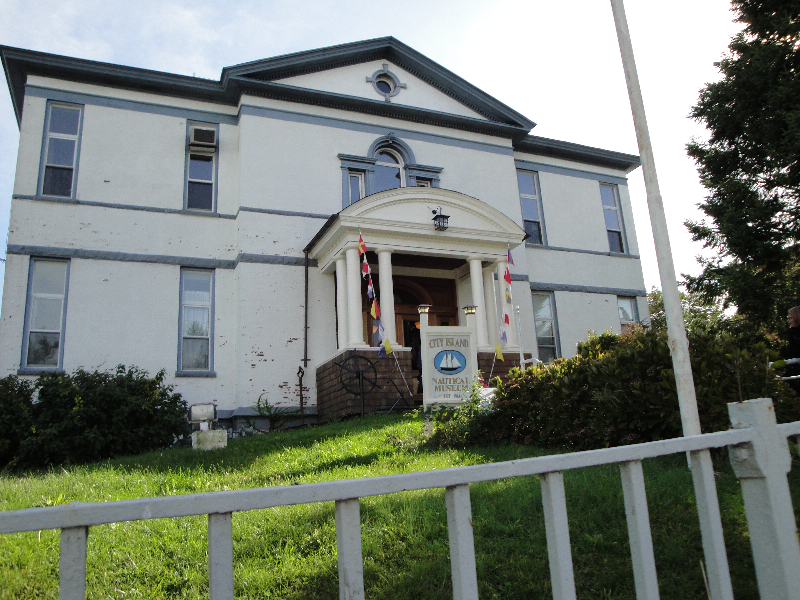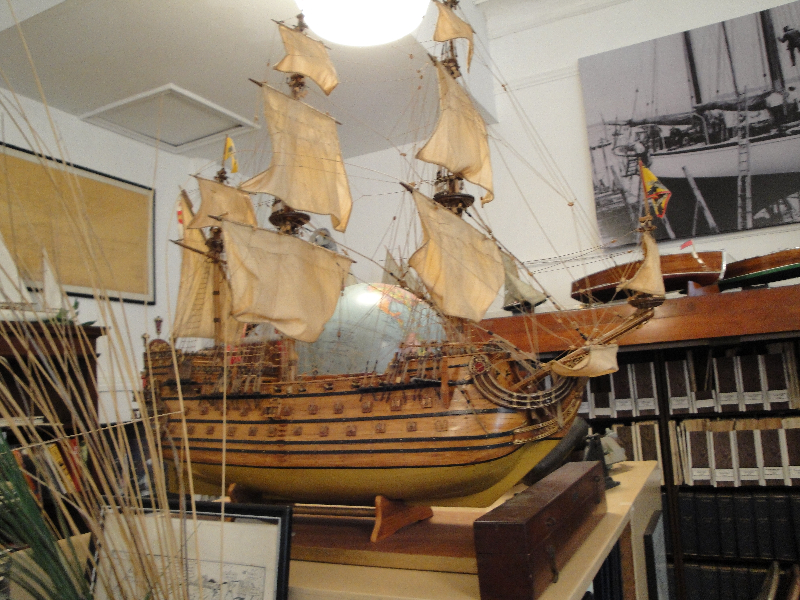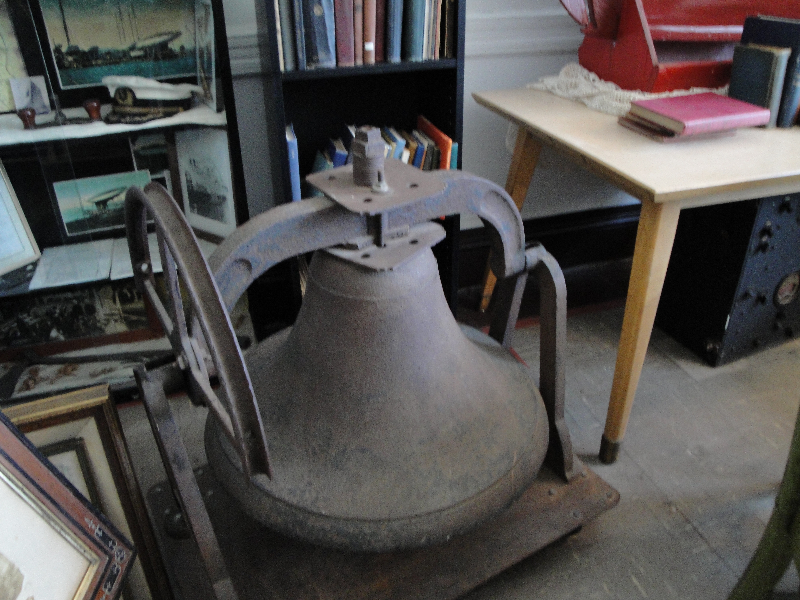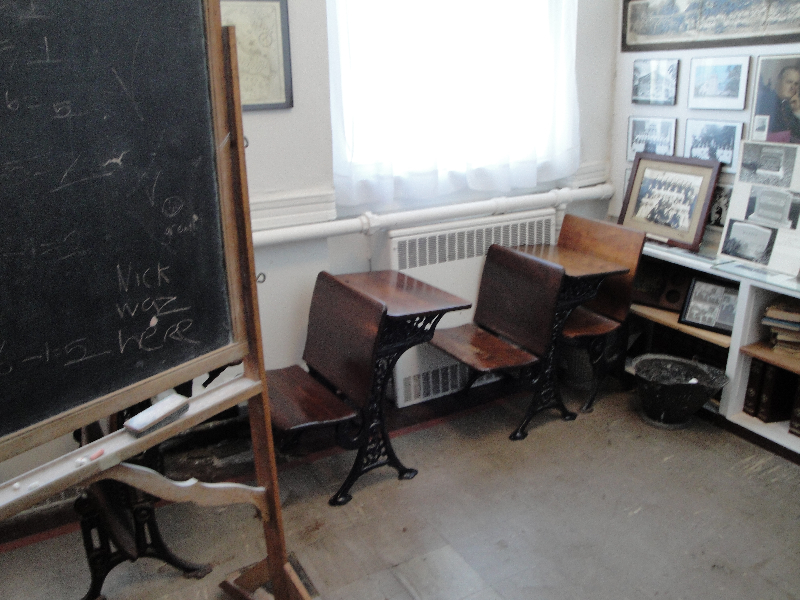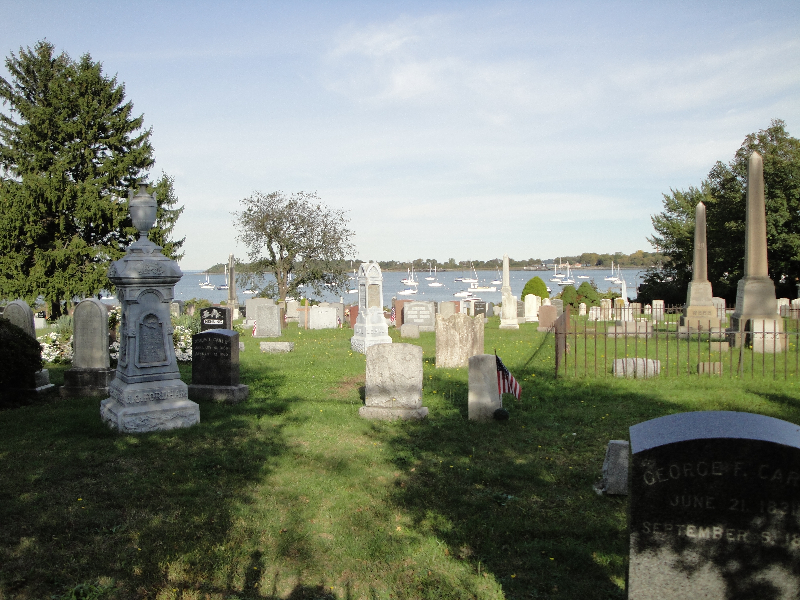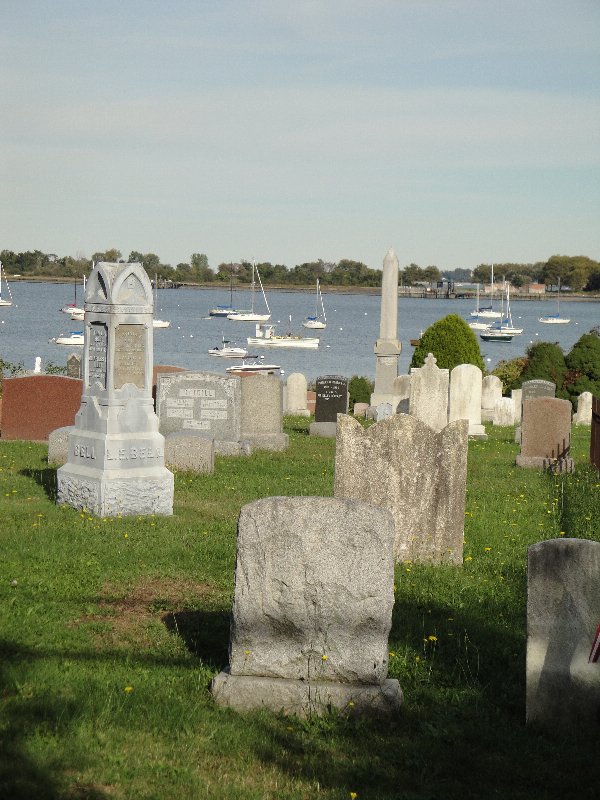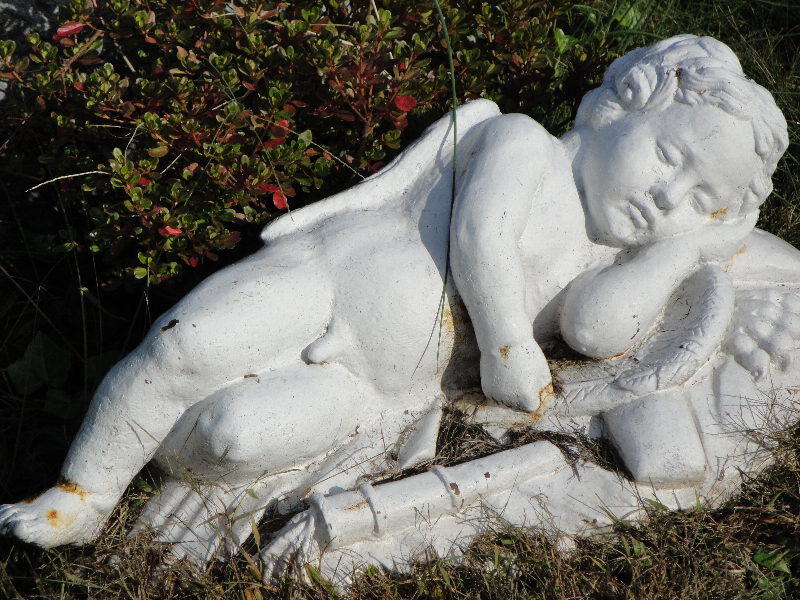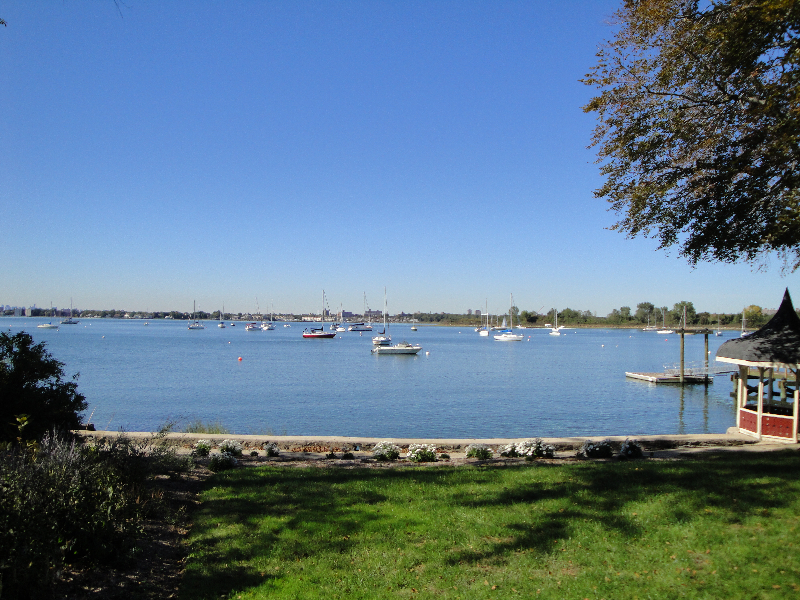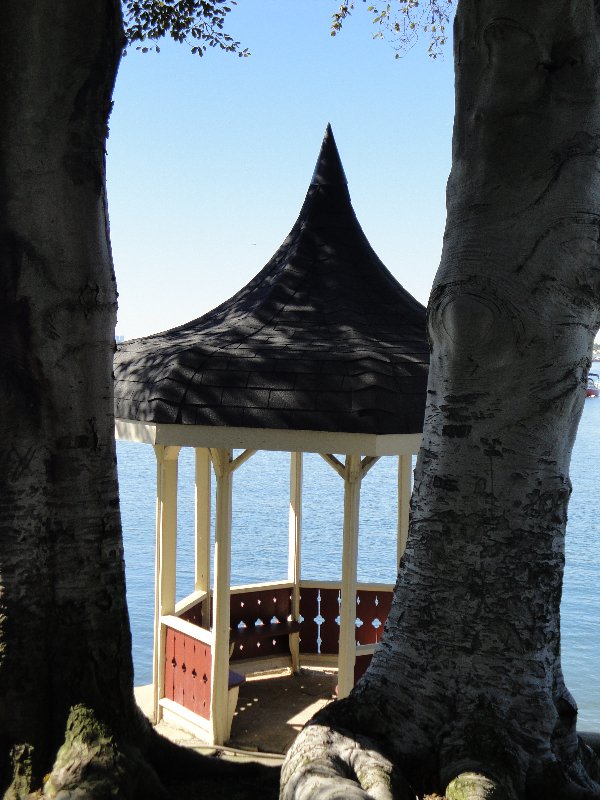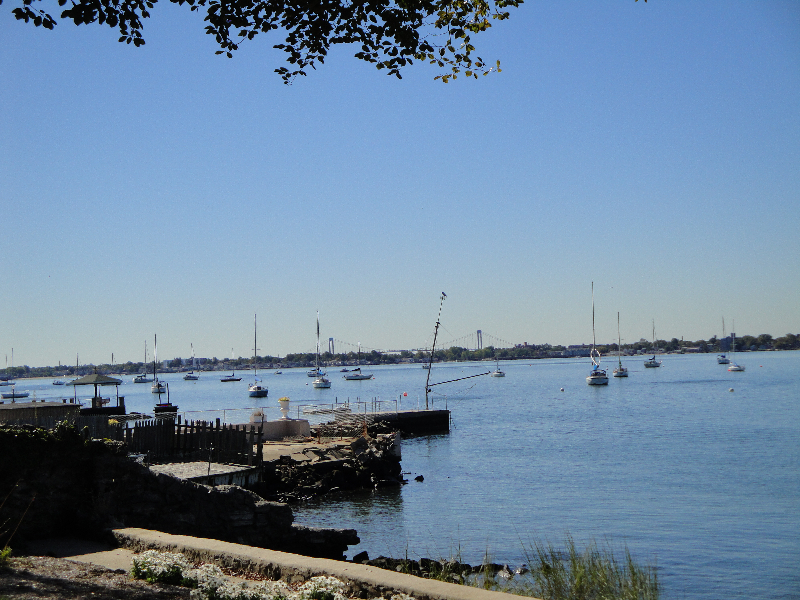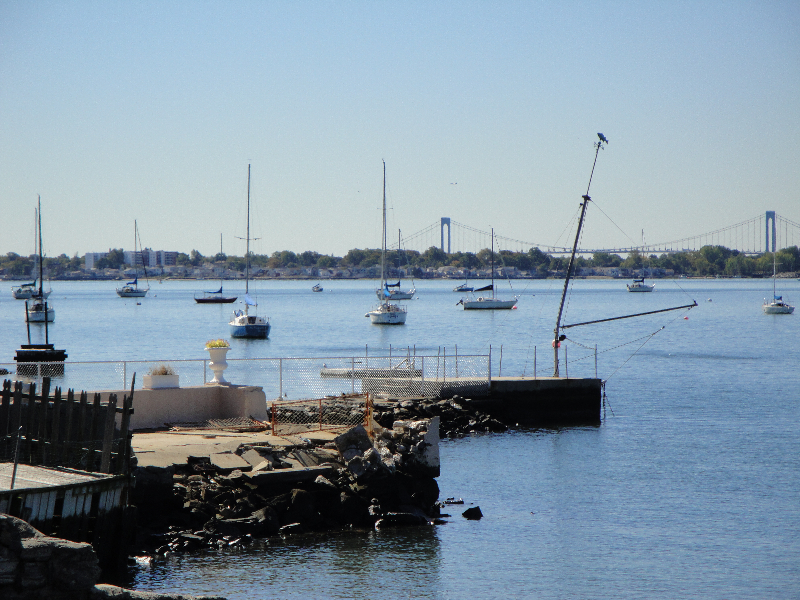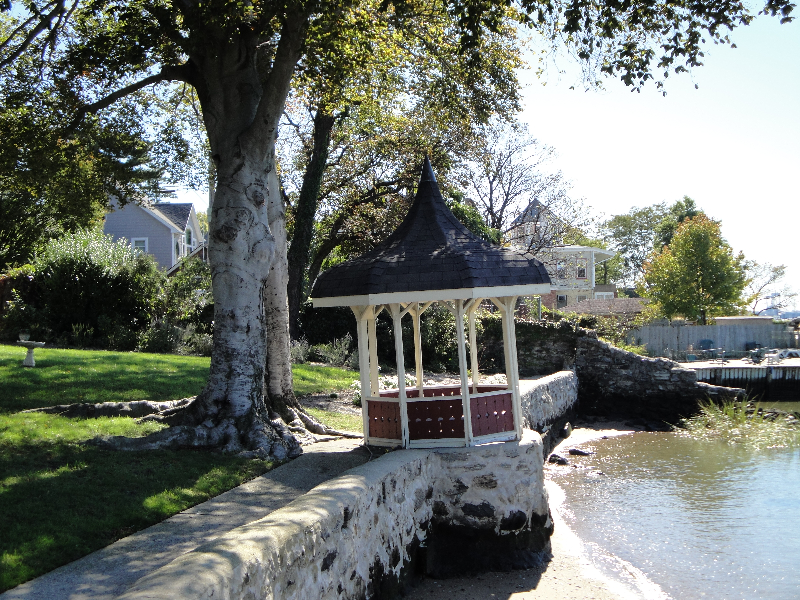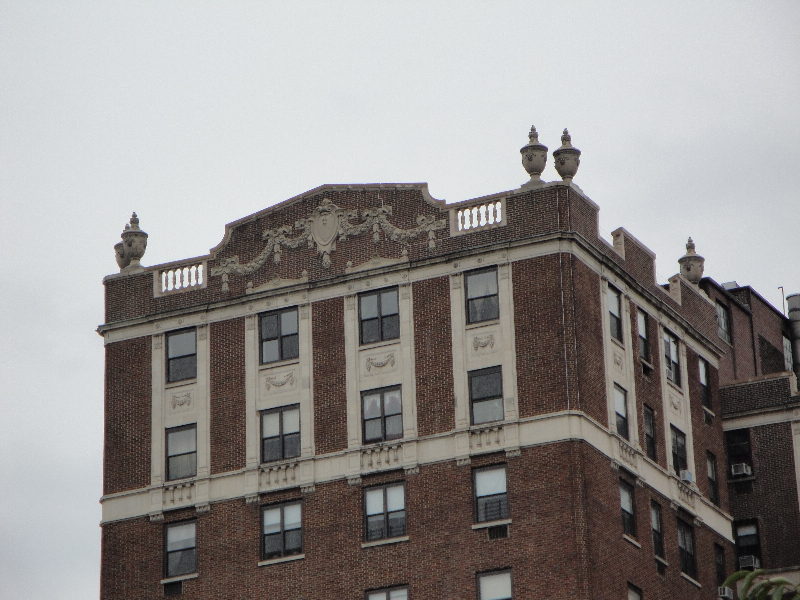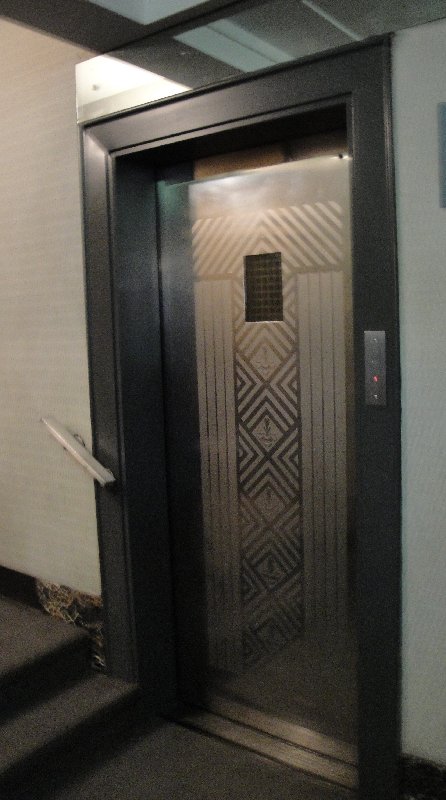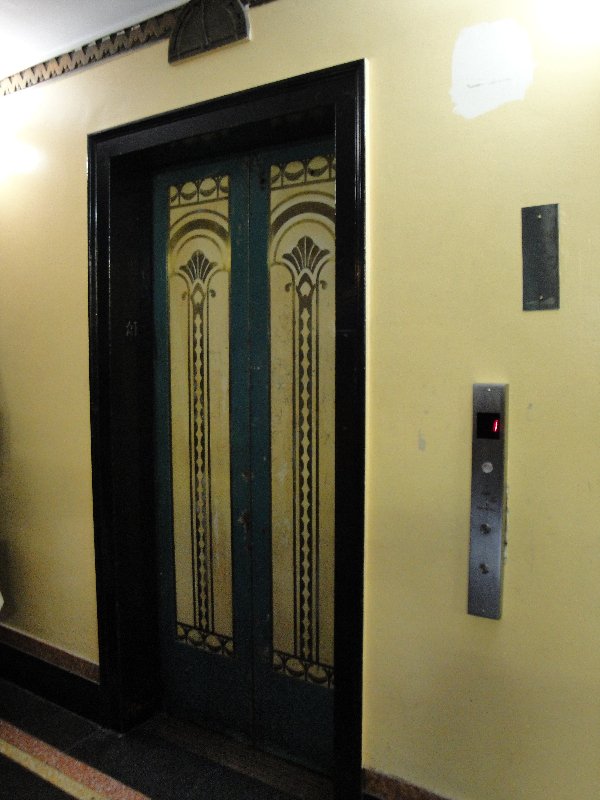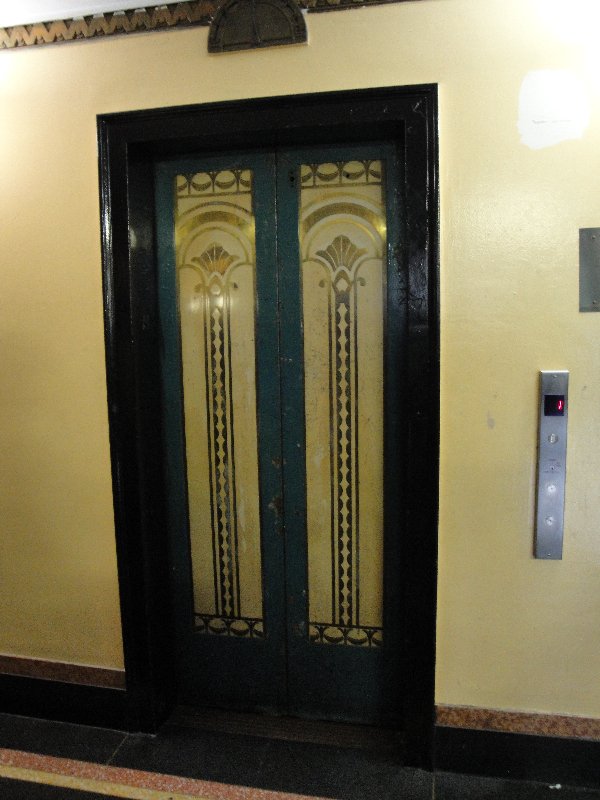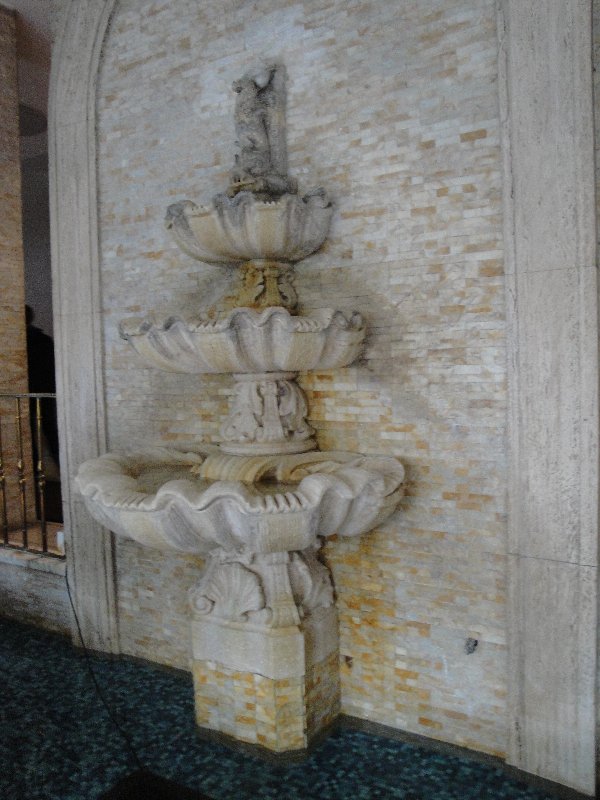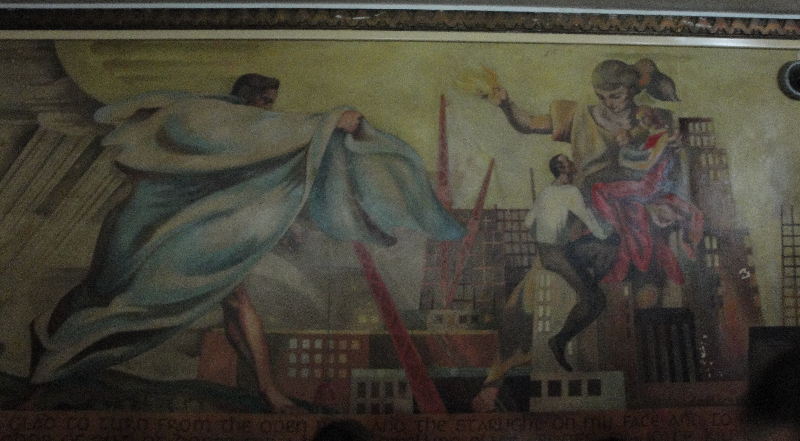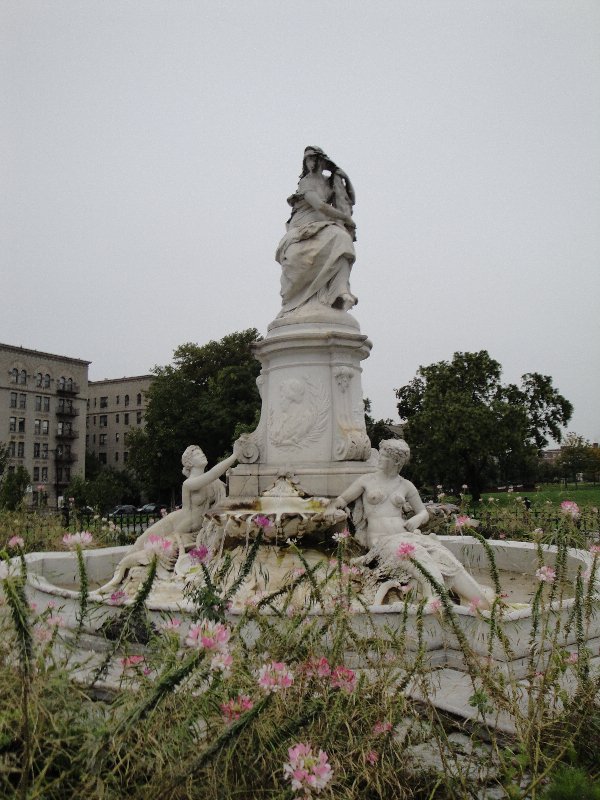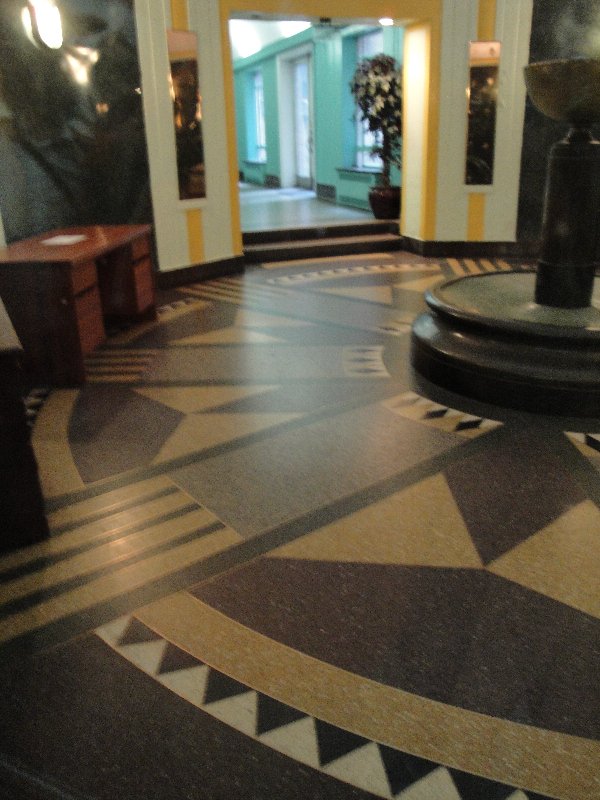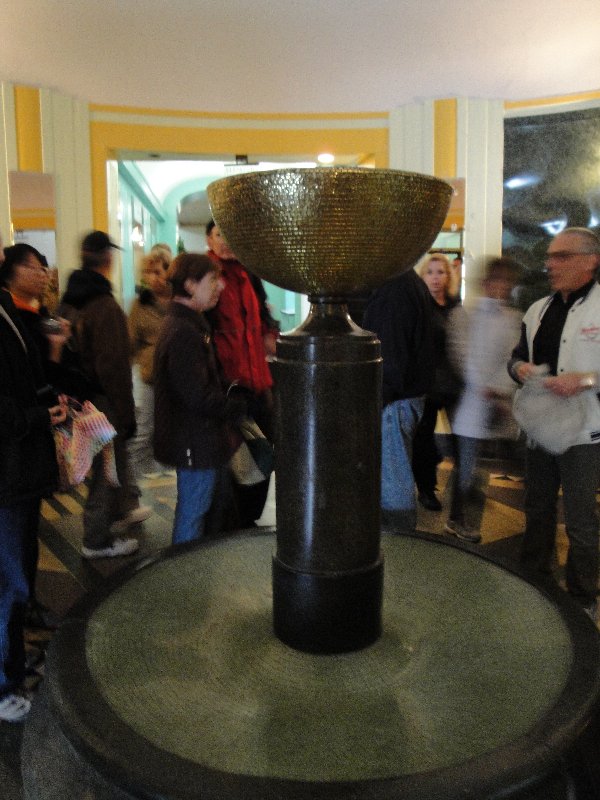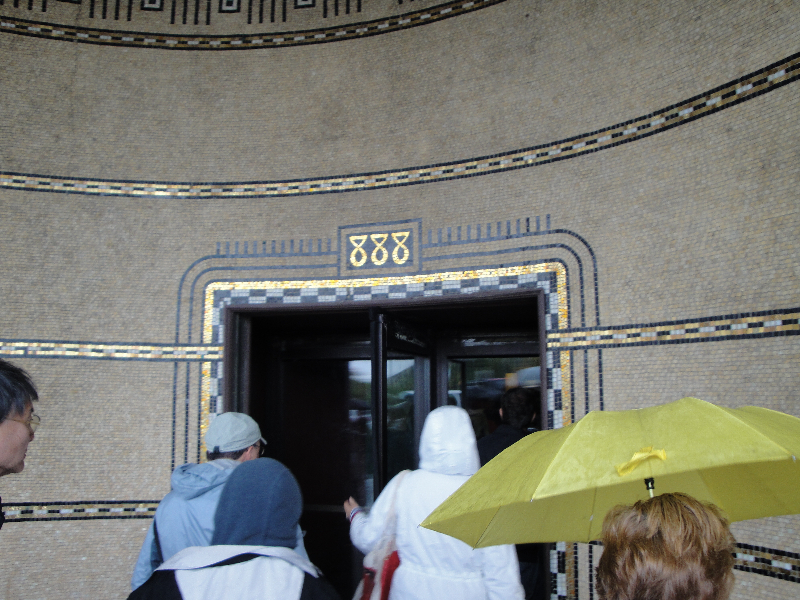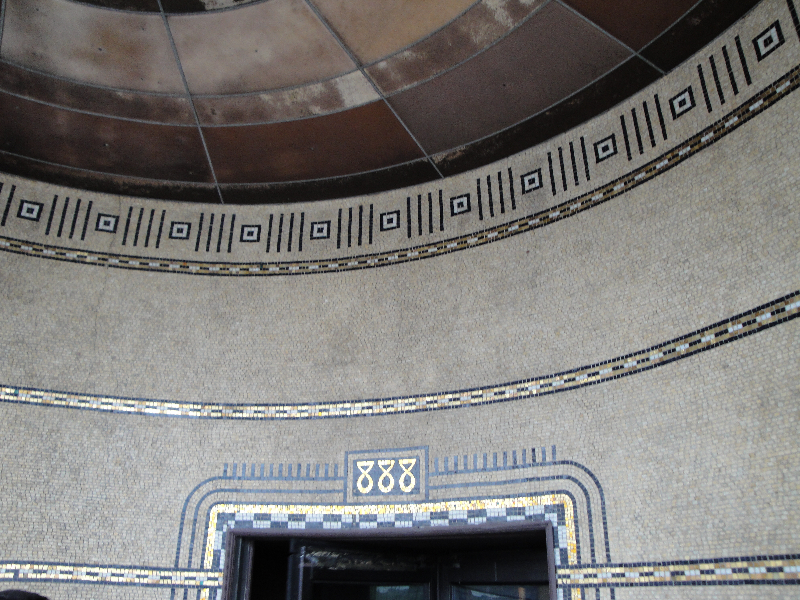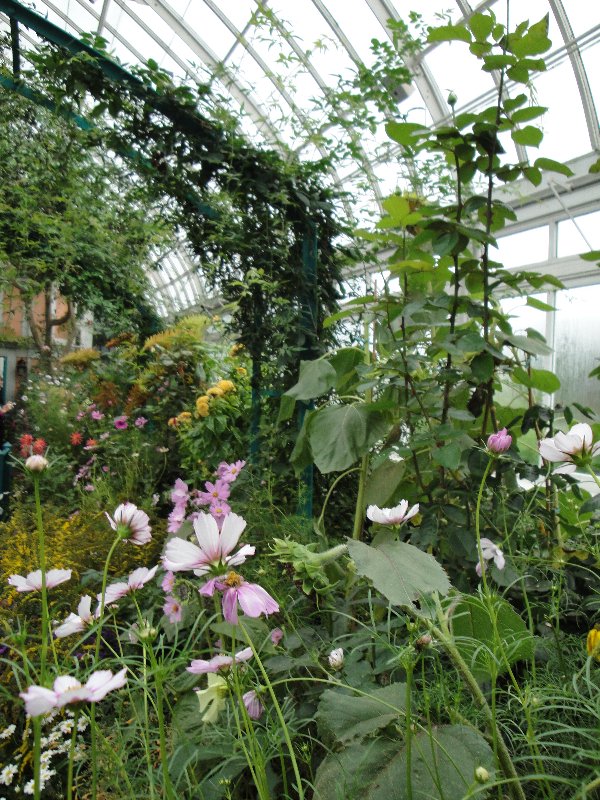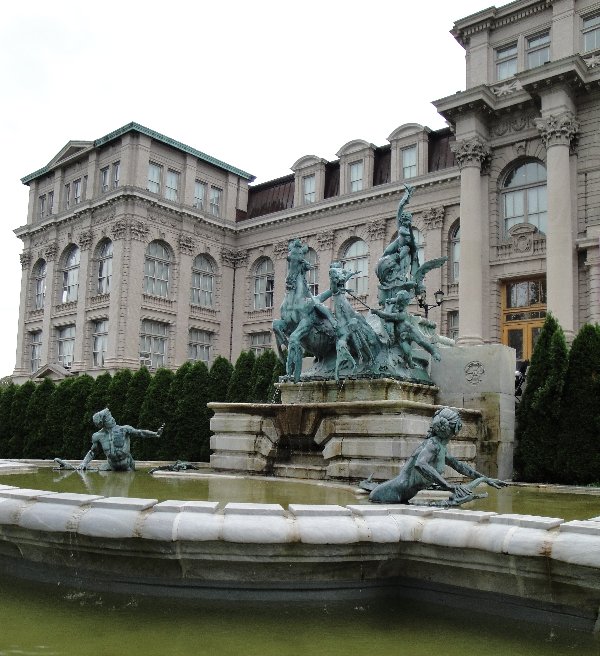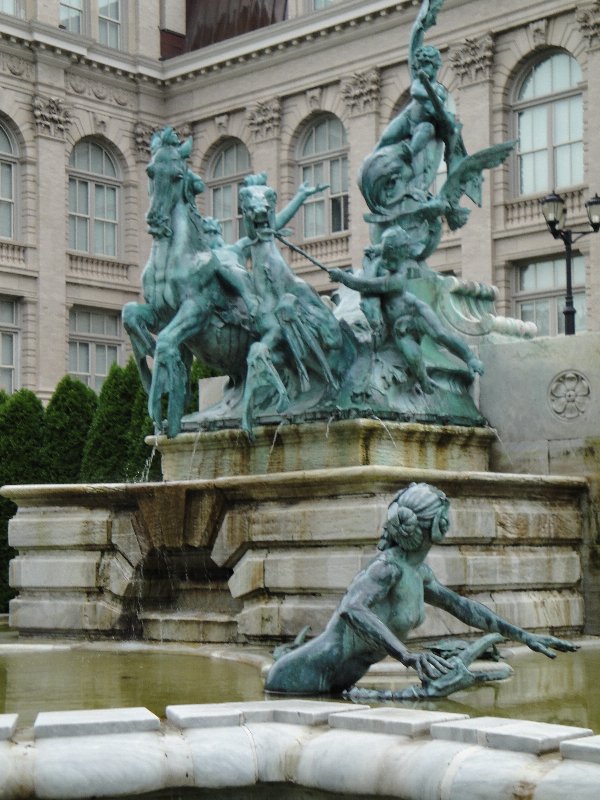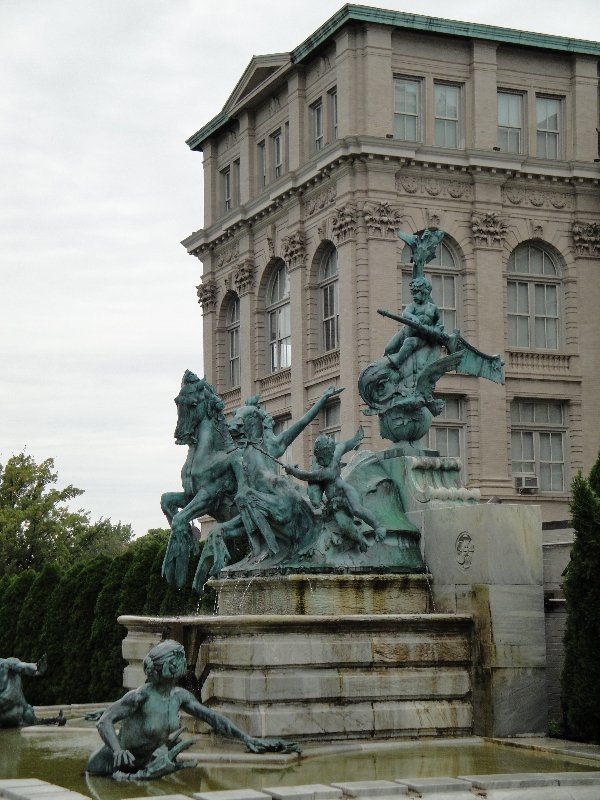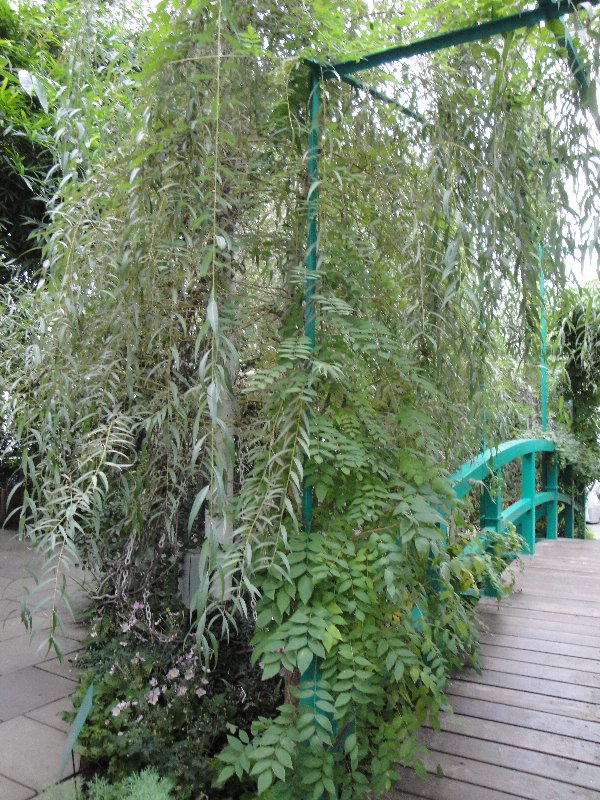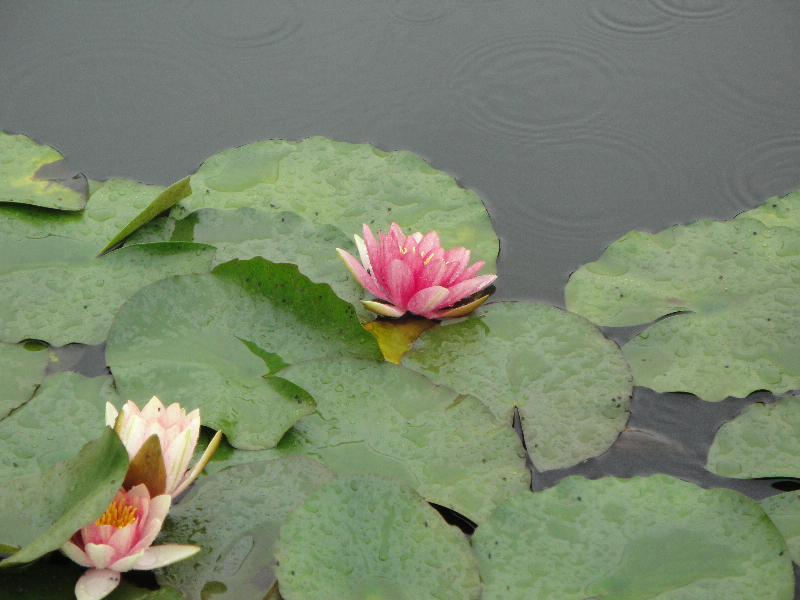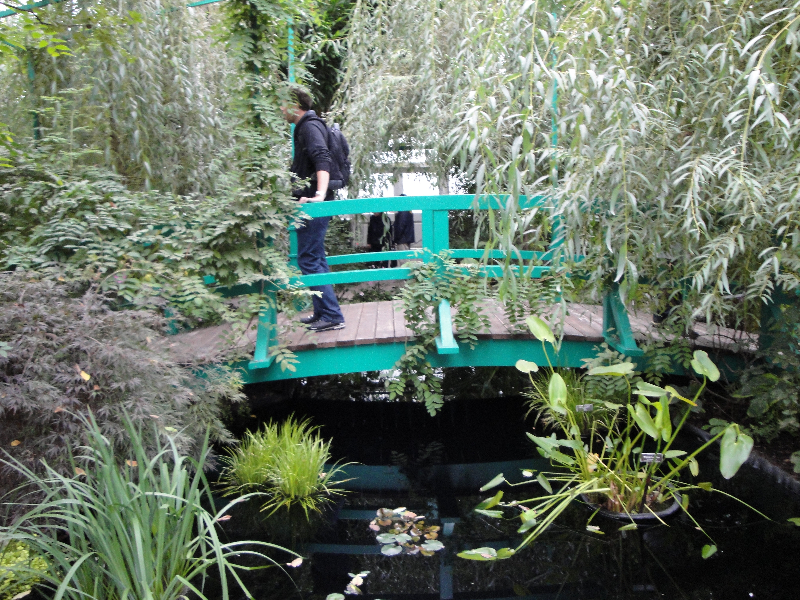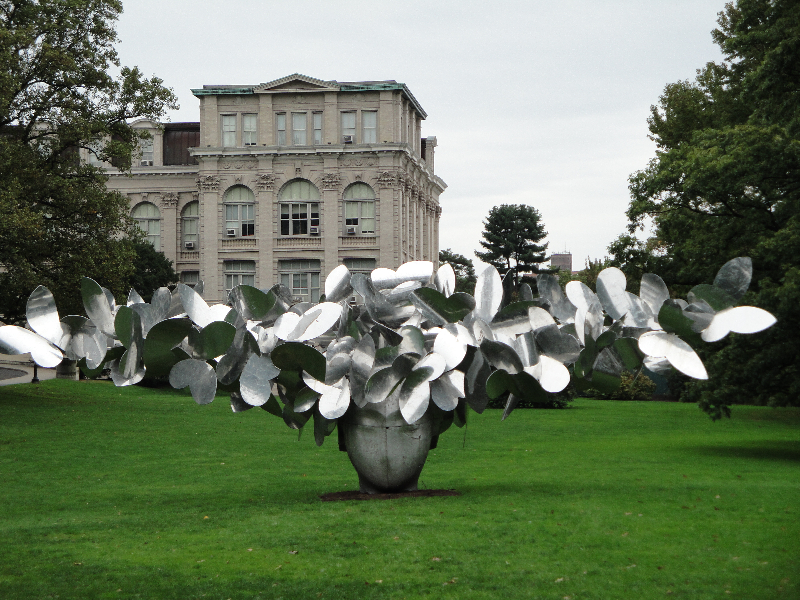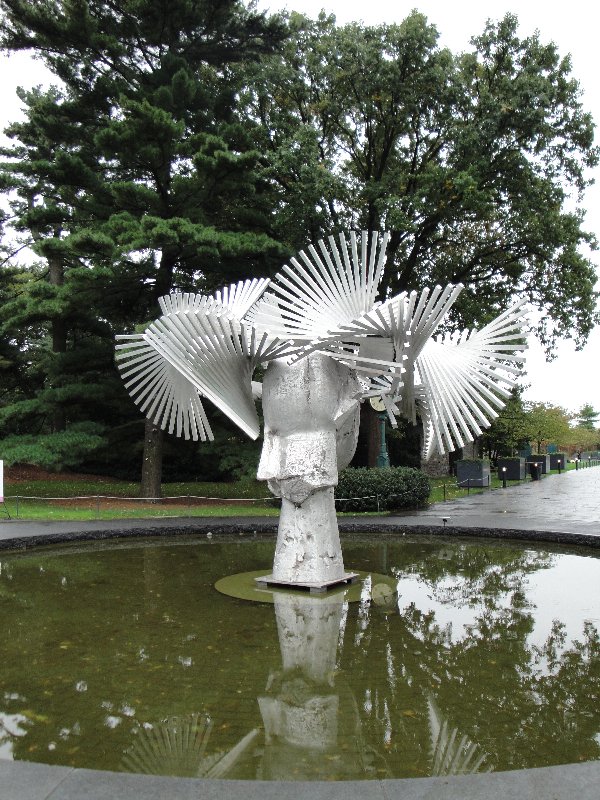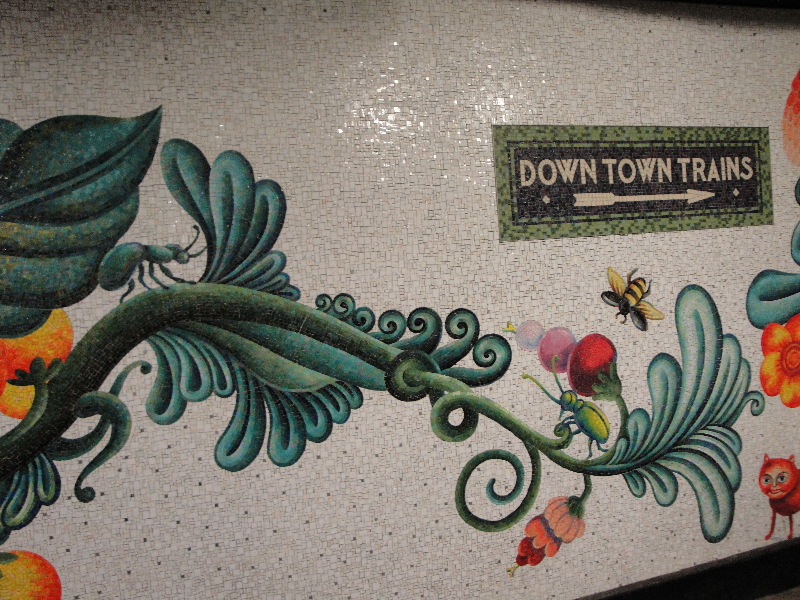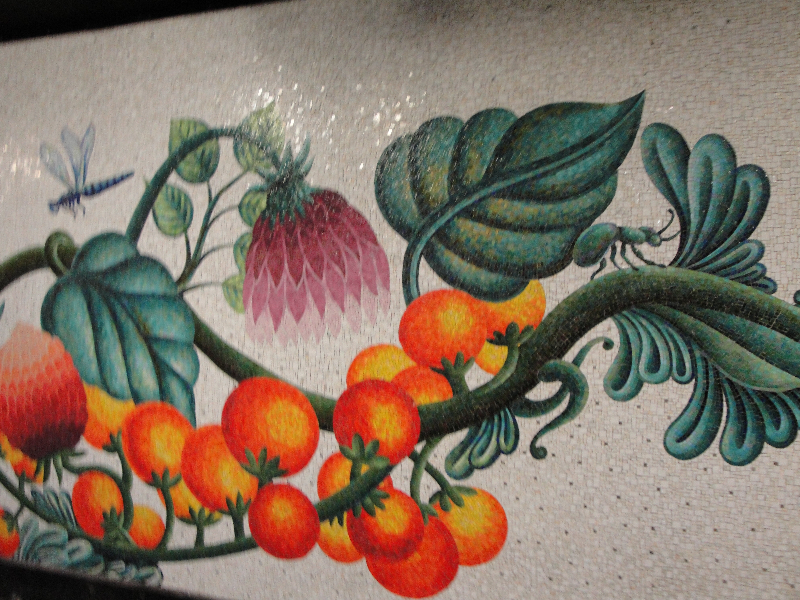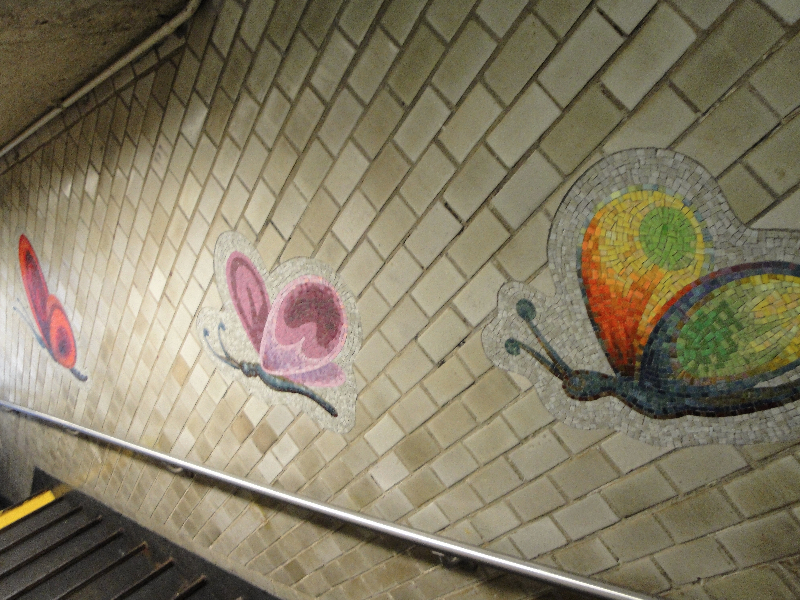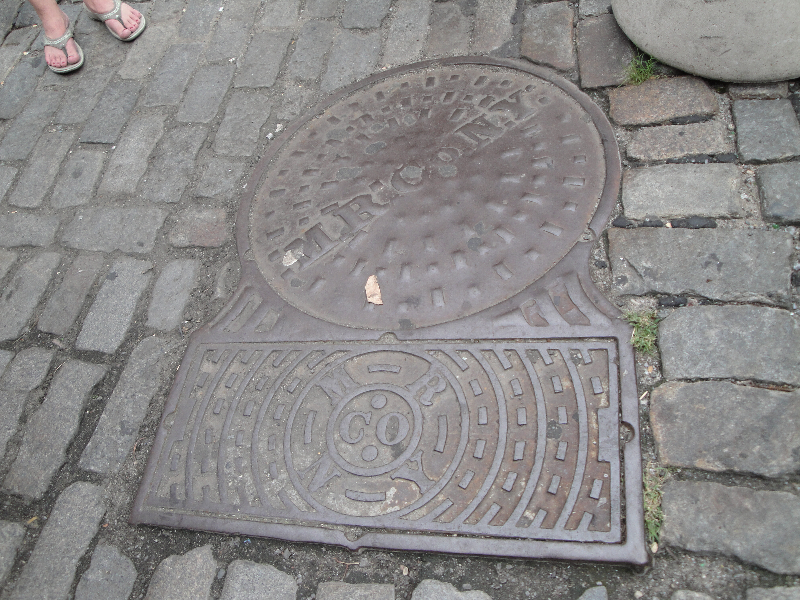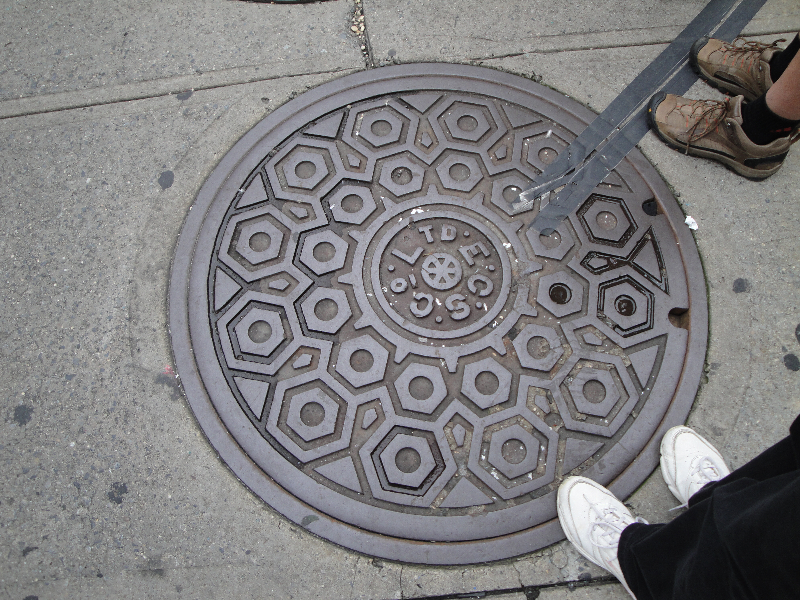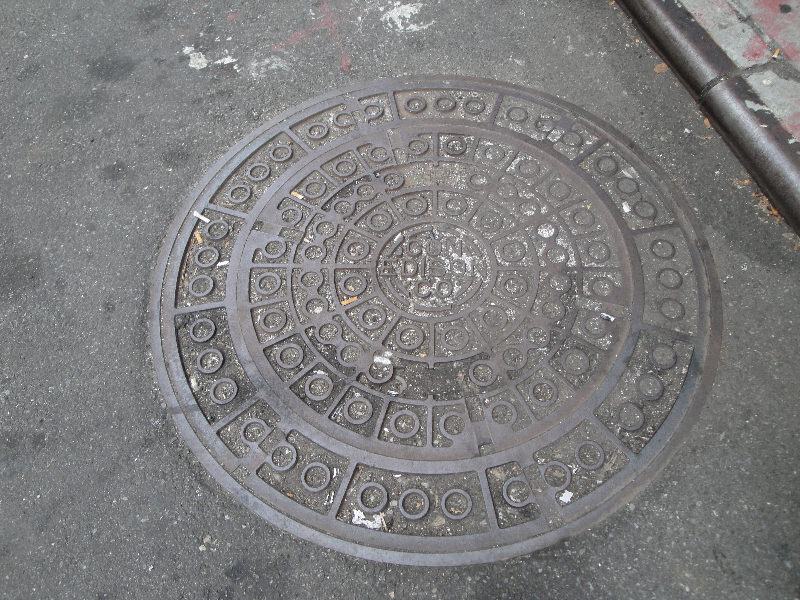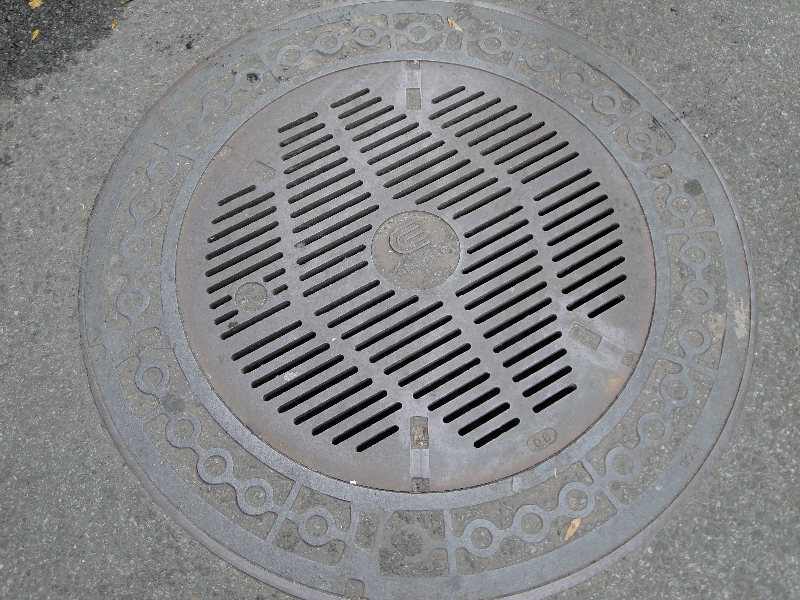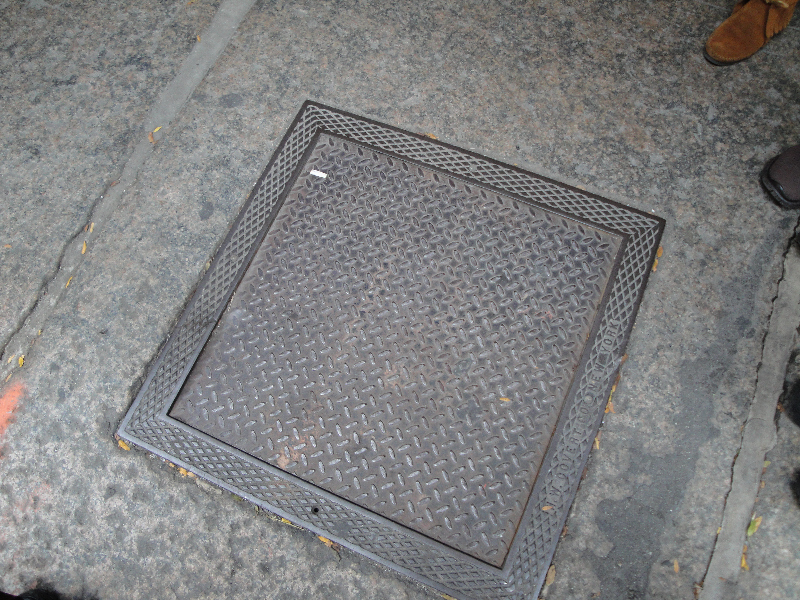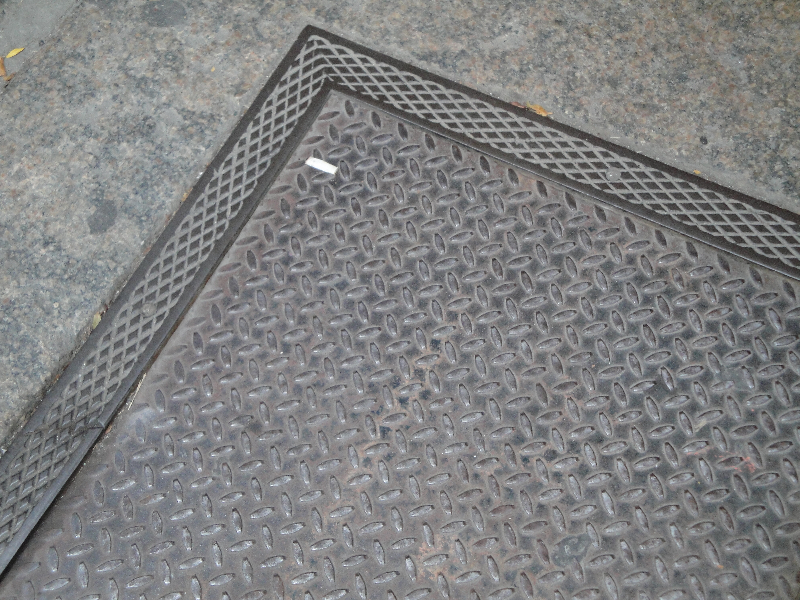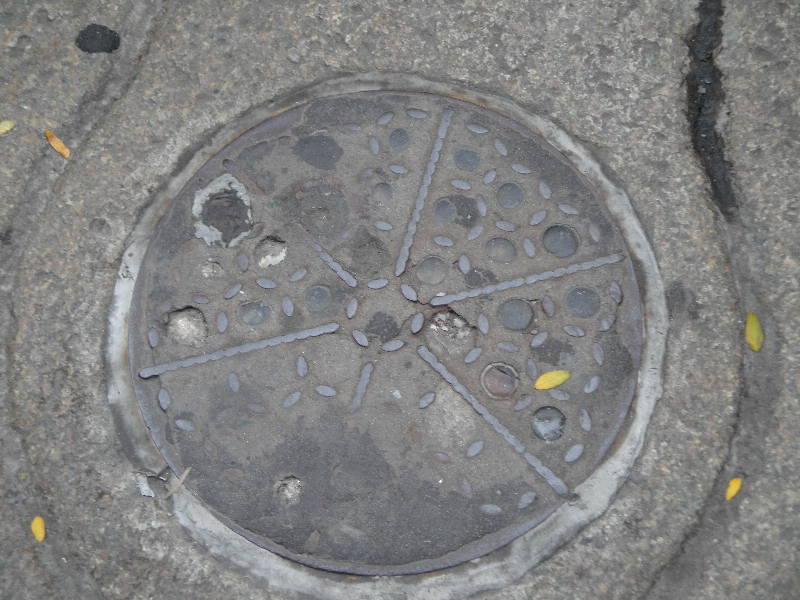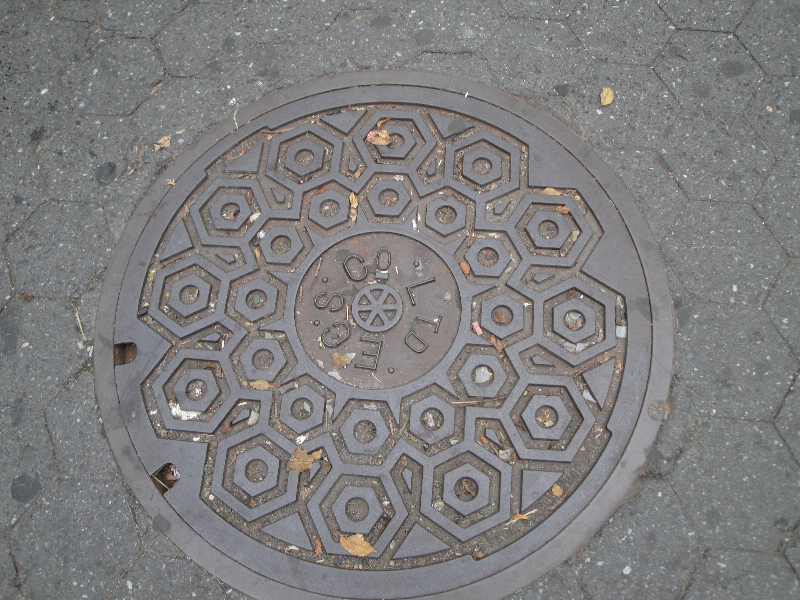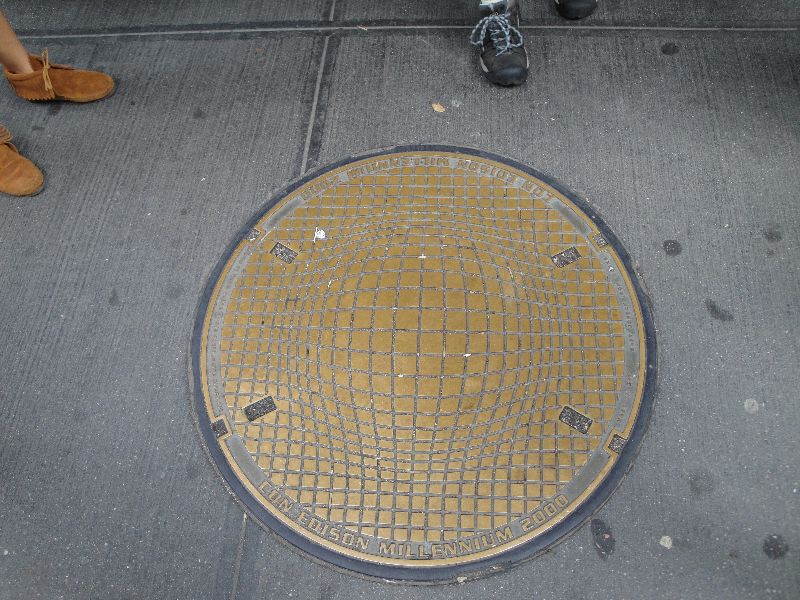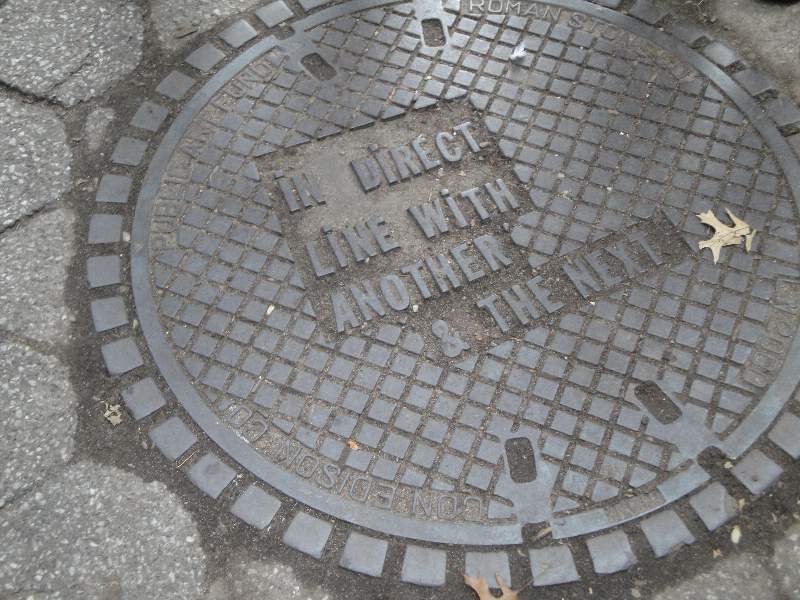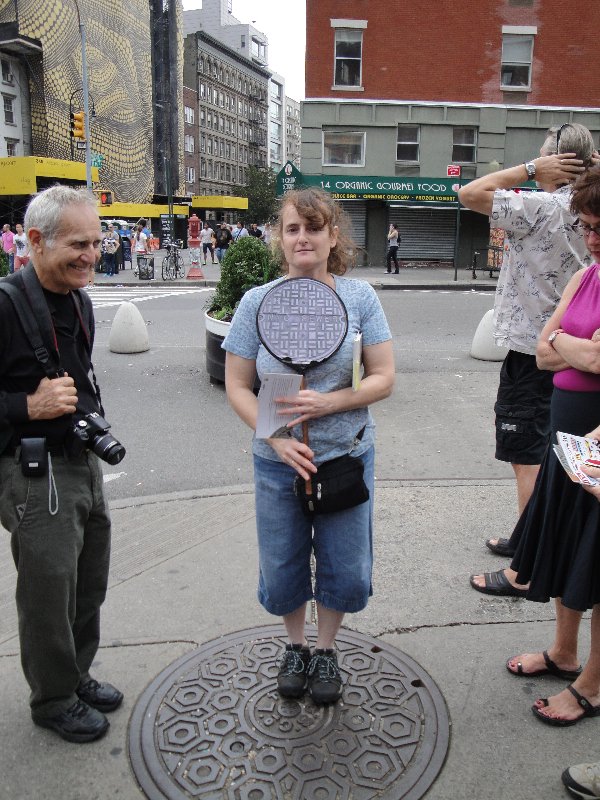Today, I ventured to the College Book Arts Association meeting at Yale and had my first introduction to New Haven beyond the art museums.
We got to go on three rare book collection tours at Yale, and I’ll give you a taste of each. Many more images are available in the image browser below.
I started my day at the Sterling Memorial Library, and oh my goodness, what a library. It really is a cathedral of books.
This is the long corridor you walk down until you arrive at the circulation desk.
Yes, this is the circulation desk.
Seriously.
When you get up off your knees, I guess you can check out a book.
While there, I got to tour the rare maps collection. While each map, print, globe, and atlas was a true treasure, my fa vorite were the walrus tusk scrimshaw maps of the Alaska coast–just the perfect blend of material and function working in total harmony.
vorite were the walrus tusk scrimshaw maps of the Alaska coast–just the perfect blend of material and function working in total harmony.
And I did love the 16th century reproduction of a Roman map of the world, squashed down to fit on a very long scroll.
The curator Abe also showed us maps he had created for books using Global Information Systems, or GIS software. So as a curator, he’s a cartographer himself. Inspiring, his delight in the treasures from history and his passion for creating maps digitally today.
Well, Beineke Library is inspiring, too, in a different way. Designed in 1963, this is the 50th anniversary of this Gordon Bunshaft building. He innovated the visible stacks, which extend up six stories, although most of the 250 million books are stored underground. He also used a local m arble that lets light through (as academics do for their students), a lovely metaphor for a library building.
arble that lets light through (as academics do for their students), a lovely metaphor for a library building.
Here’s my demonstration with a small piece of marble in front of a desk lamp. And here’s what it looks like as the interior walls of the building.
The exterior is very much of its day. Note the column support in the corner. That actually doesn’t support the building. It’s simply for aesthetics. And I can tell you from walking under it, the faux columns do lend a bit of security to the overriding feeling that the building is going to fall on your head.
We were treated to some artist books and historic books with art in them, including books by Le Corbusier and Picasso (which also includes his poetry). But with my passion for American art, you know I was all over the Indian ledger art by Howling Wolf made in the 1870s while he was in prison. These are famous images and fantastic to see in person.
I was all over the Indian ledger art by Howling Wolf made in the 1870s while he was in prison. These are famous images and fantastic to see in person.
But my two absolute favorites on this tour were the 15th century Latin exercise book complete with doodles of castles, horses, and deer, oh my, and the “Blow Book.” This is like the first book of magic , where you can open it 16 different ways to see 16 different series of images. Like a magic flipbook, the magician ‘blows’ on it, while opening it to reveal something completely different. Fun, eh?
, where you can open it 16 different ways to see 16 different series of images. Like a magic flipbook, the magician ‘blows’ on it, while opening it to reveal something completely different. Fun, eh?
Here’s Elizabeth demonstrating how the Blow Book works.
And by the way, the miniature book on how to make miniature books was pretty postmodern cute, too. Check it out on the slideshow below.
After Beineke, I got a neighborhood tour of New Haven by a realtor. The downtown is really fun, lively, and much nicer than I expected–the home of several theaters, Yale’s two art museums, and of course, the bulk of the campus and the Green. There are condos downtown, and the neighborhoods that I saw are quite lovely.
Returning to the tours, I went to the British Art Museum’s rare book room, where the curator is working on an exhibit for 2014, drawing side by side comparisons of historic “artist books,” mostly the work of girls and women in 19th century England, and contemporary artist books.
I liked the contemporary book of butterflies, where they are made from maps of where they come from.  Much better than your typical insect specimen book, which I find pretty creepy.
Much better than your typical insect specimen book, which I find pretty creepy.
I won’t soon forget being the one who got to turn the pages of a Plant Specimen and Bestiary book from 1500. Nowhere at Yale did I see anyone touch the rare objects with gloves. Bare hands. Bare hands, they insisted. Things have changed since I was in library science school. Anyway, touching a treasure like this gave me the shivers–the privilege of direct contact with something that someone labored lovingly over 500 years ago.





